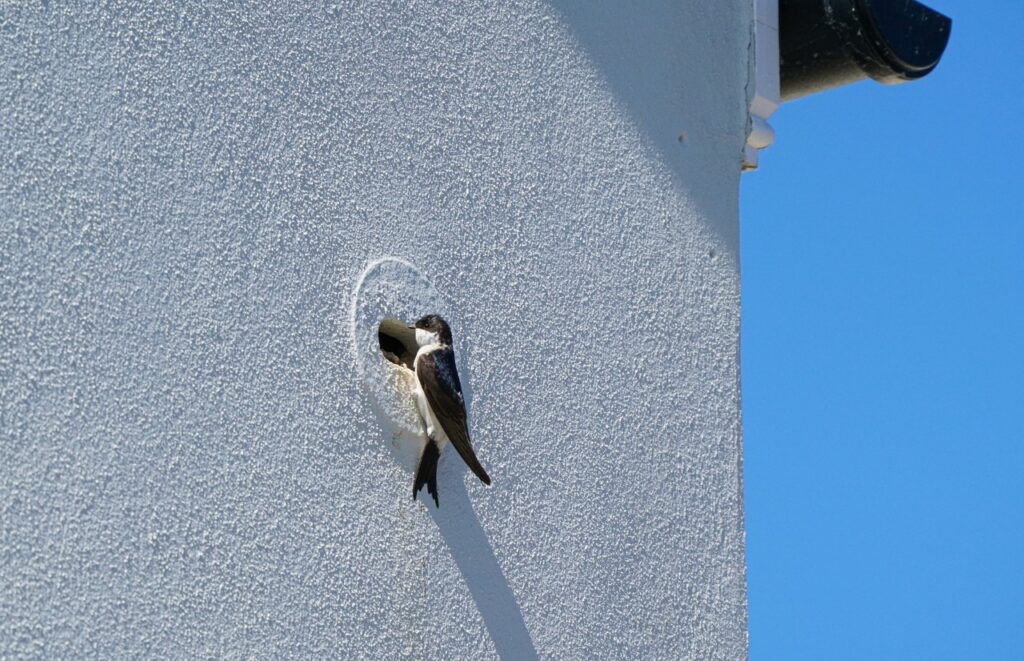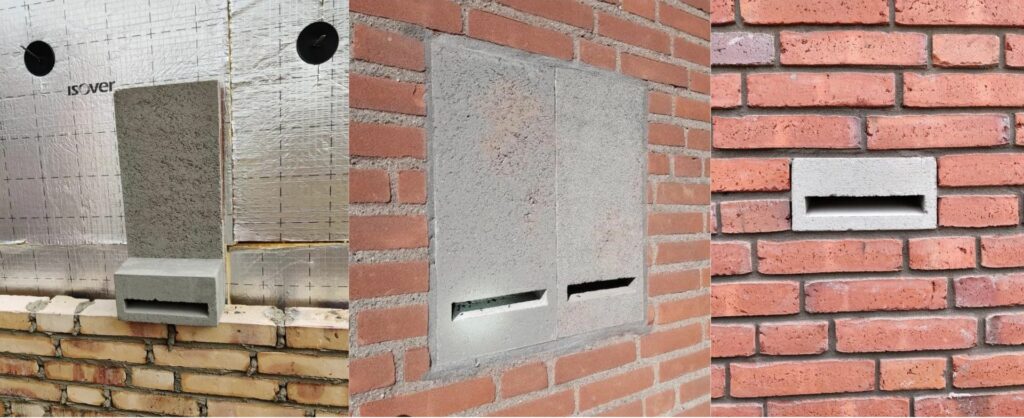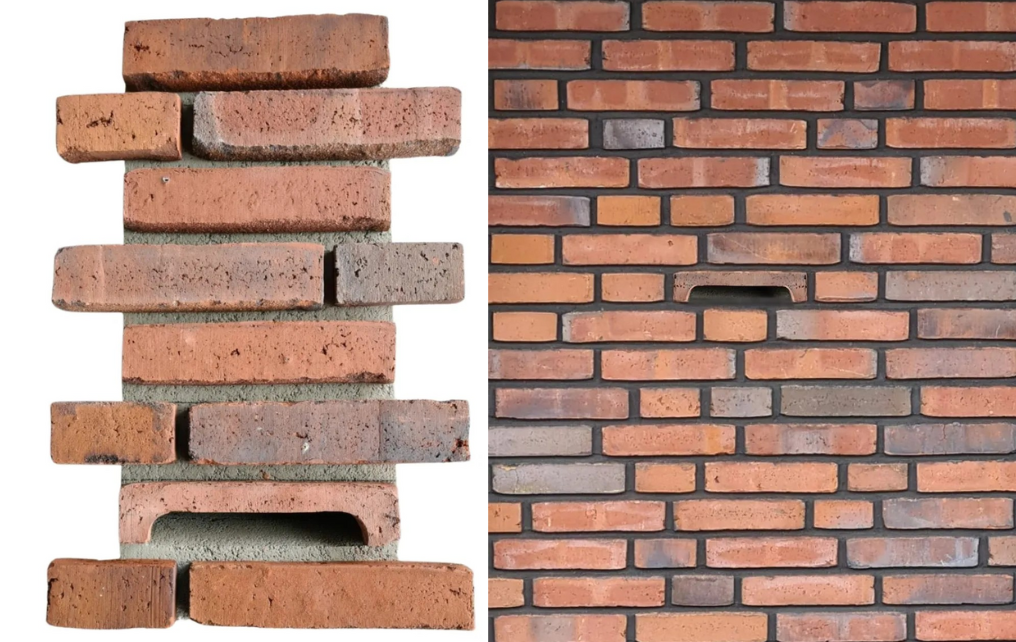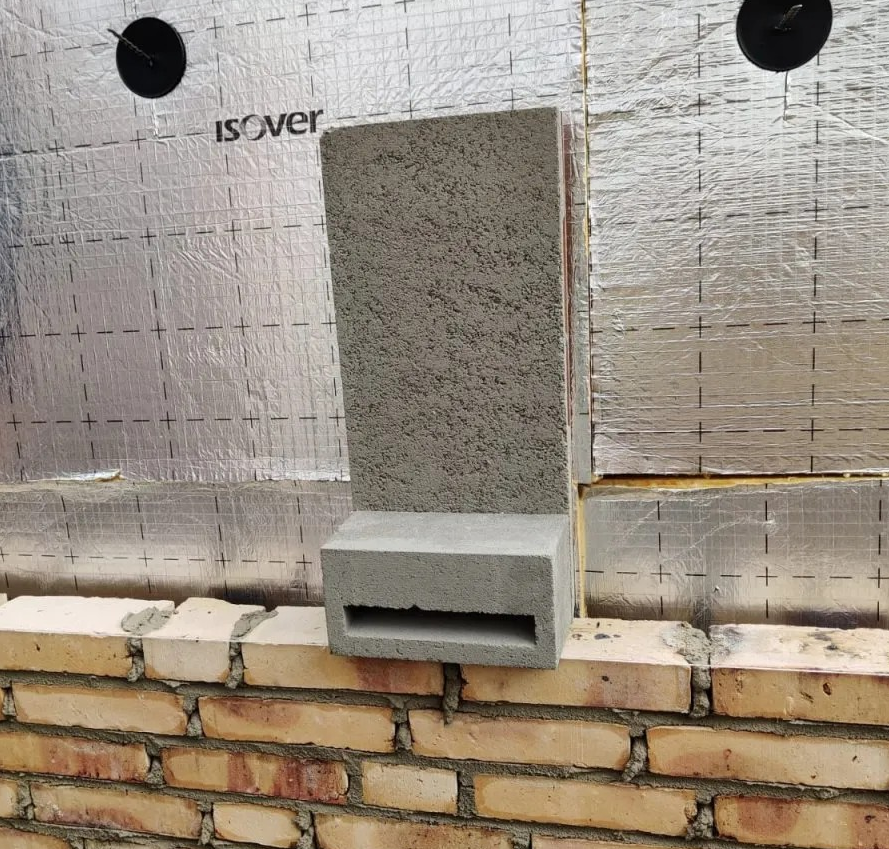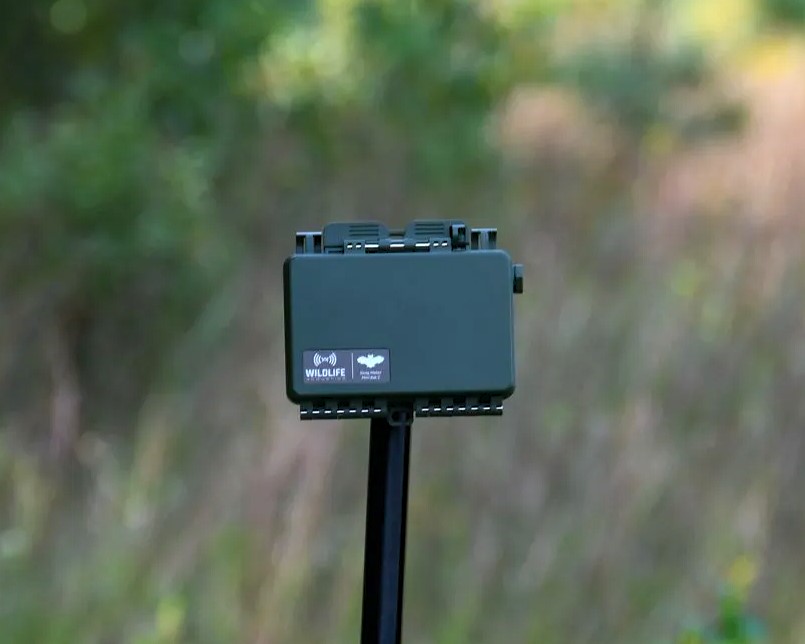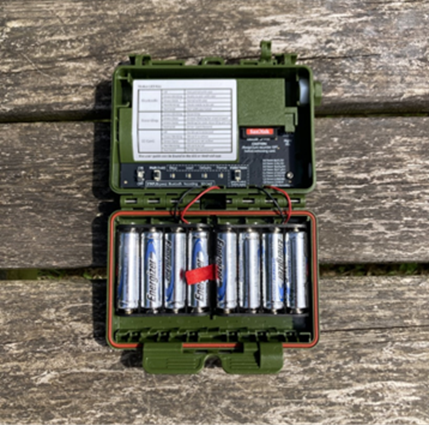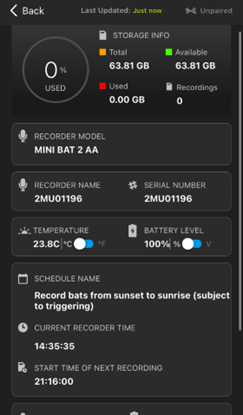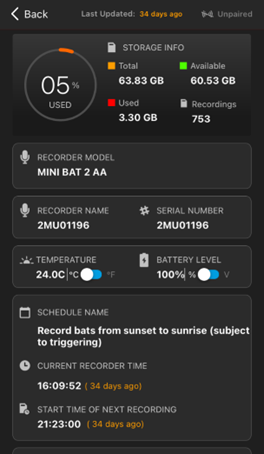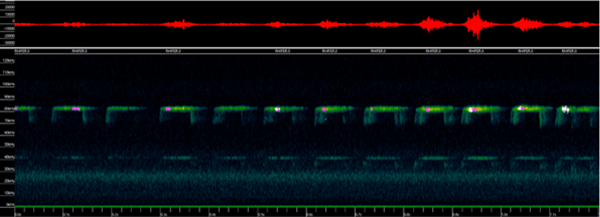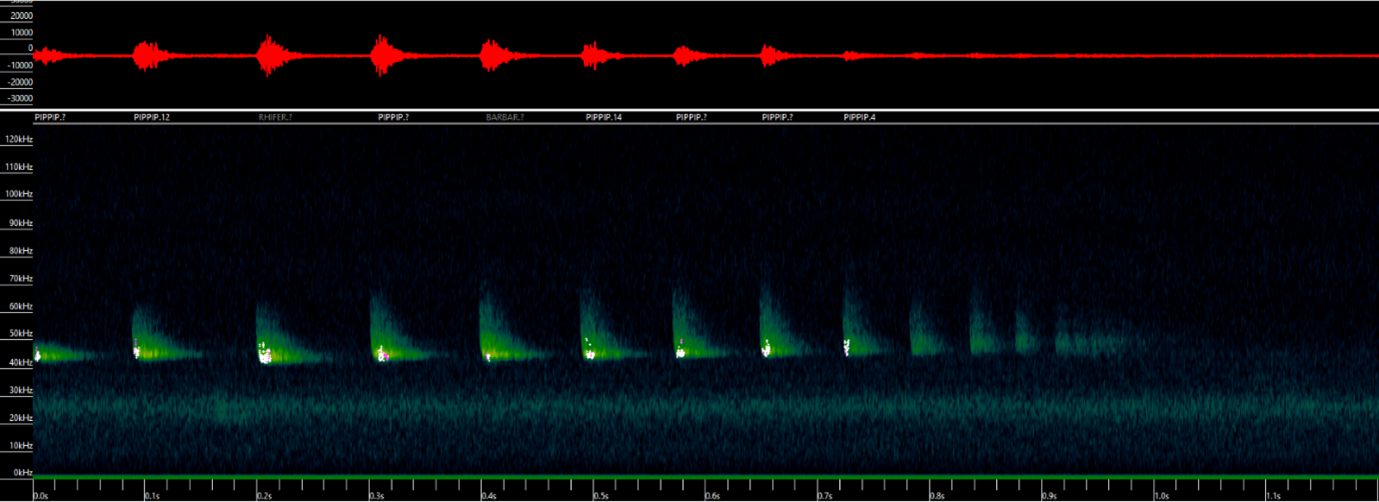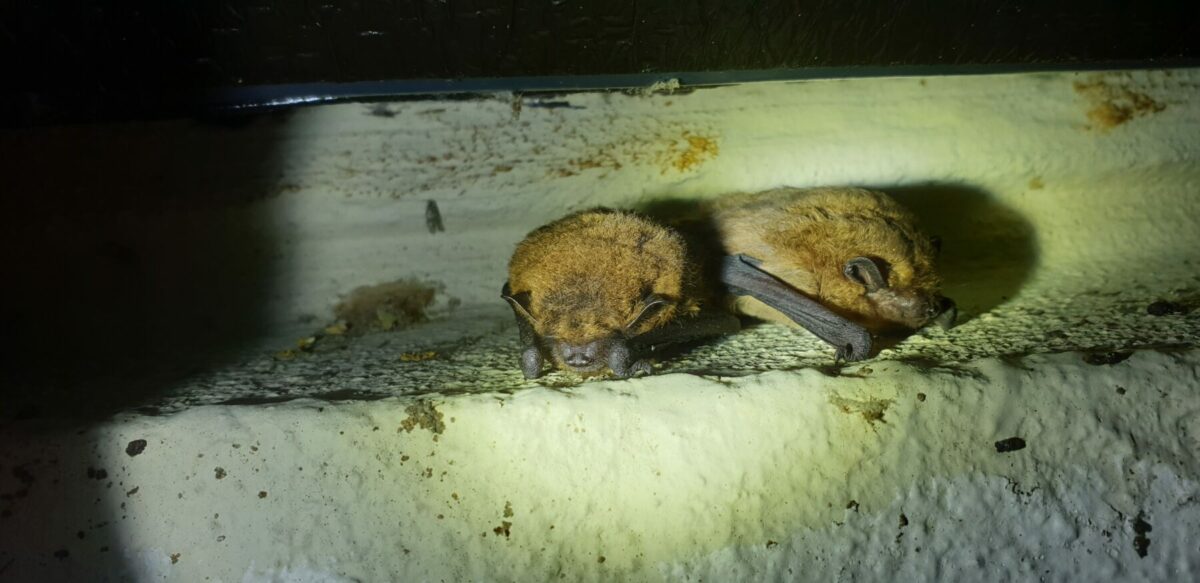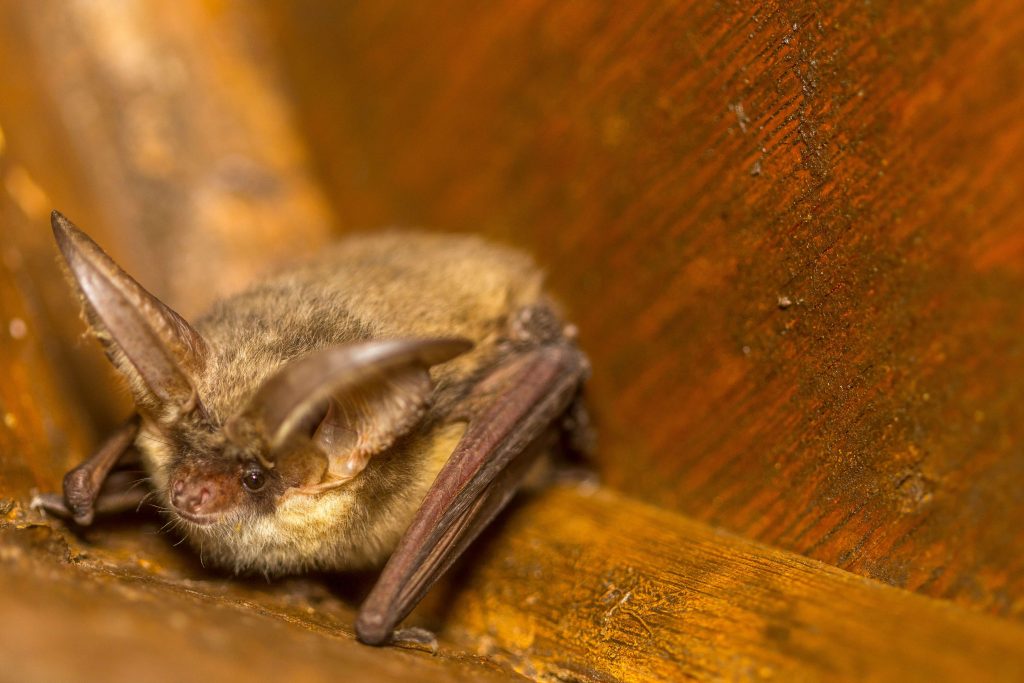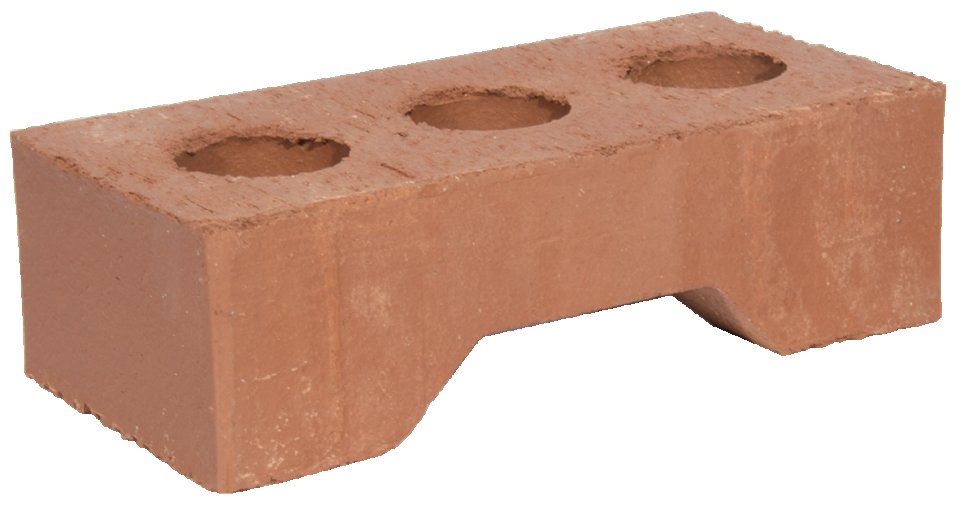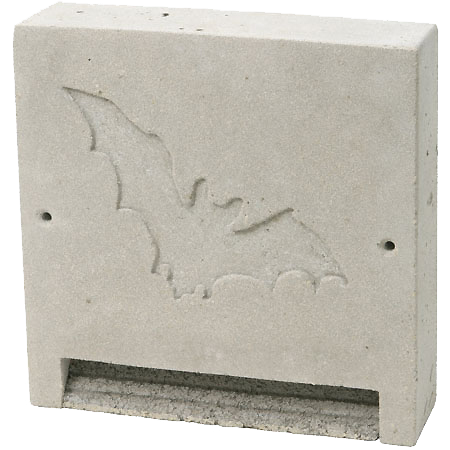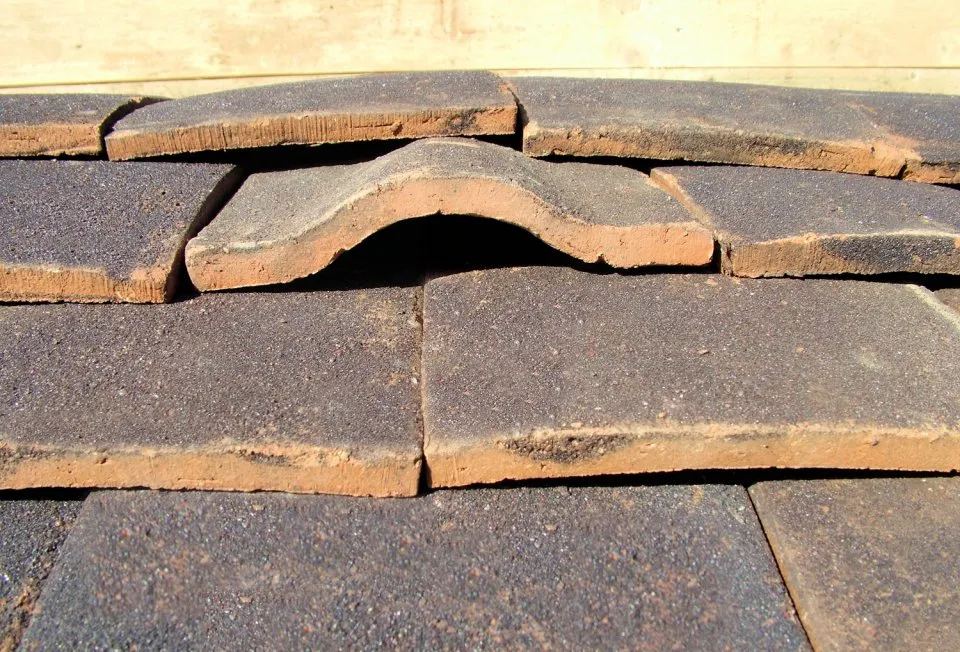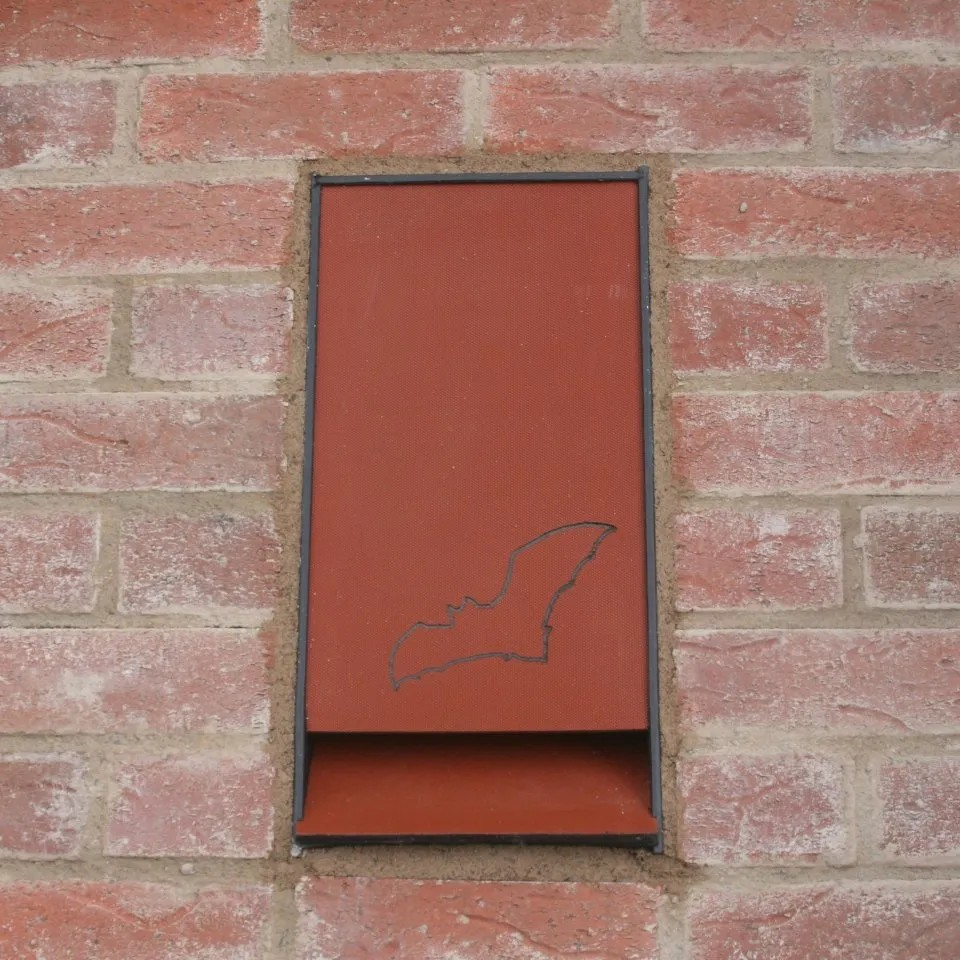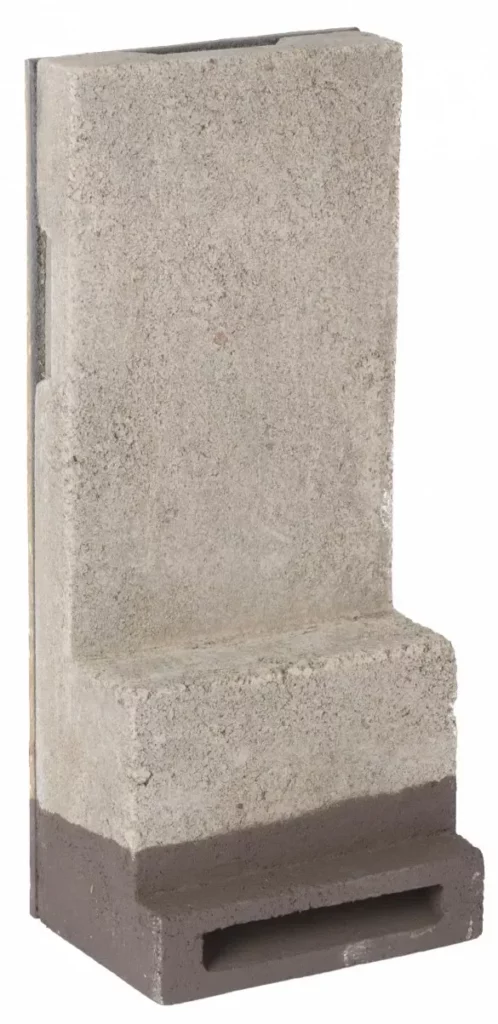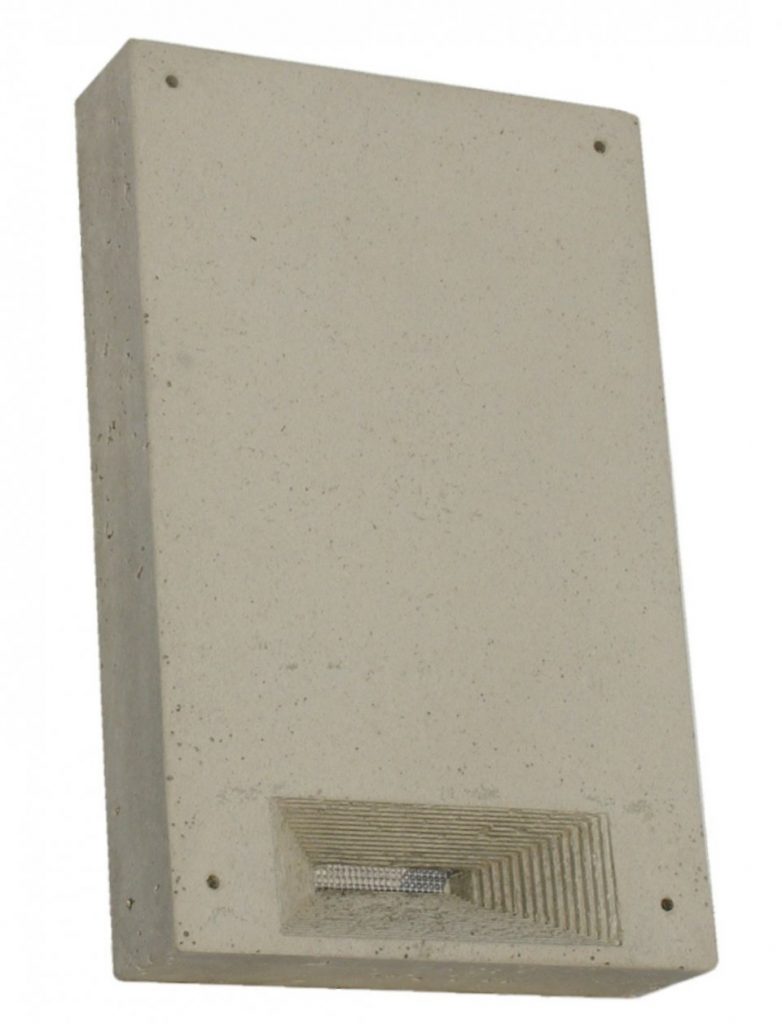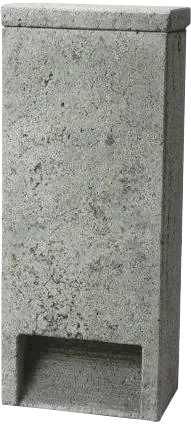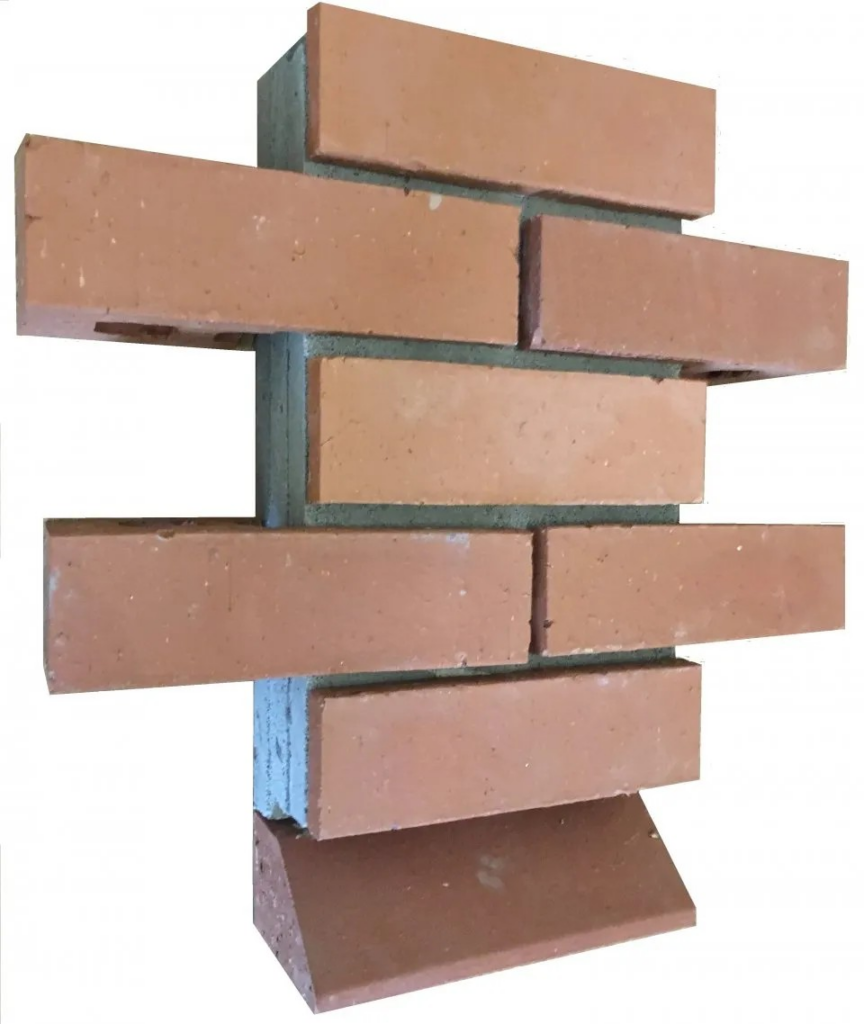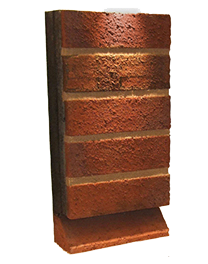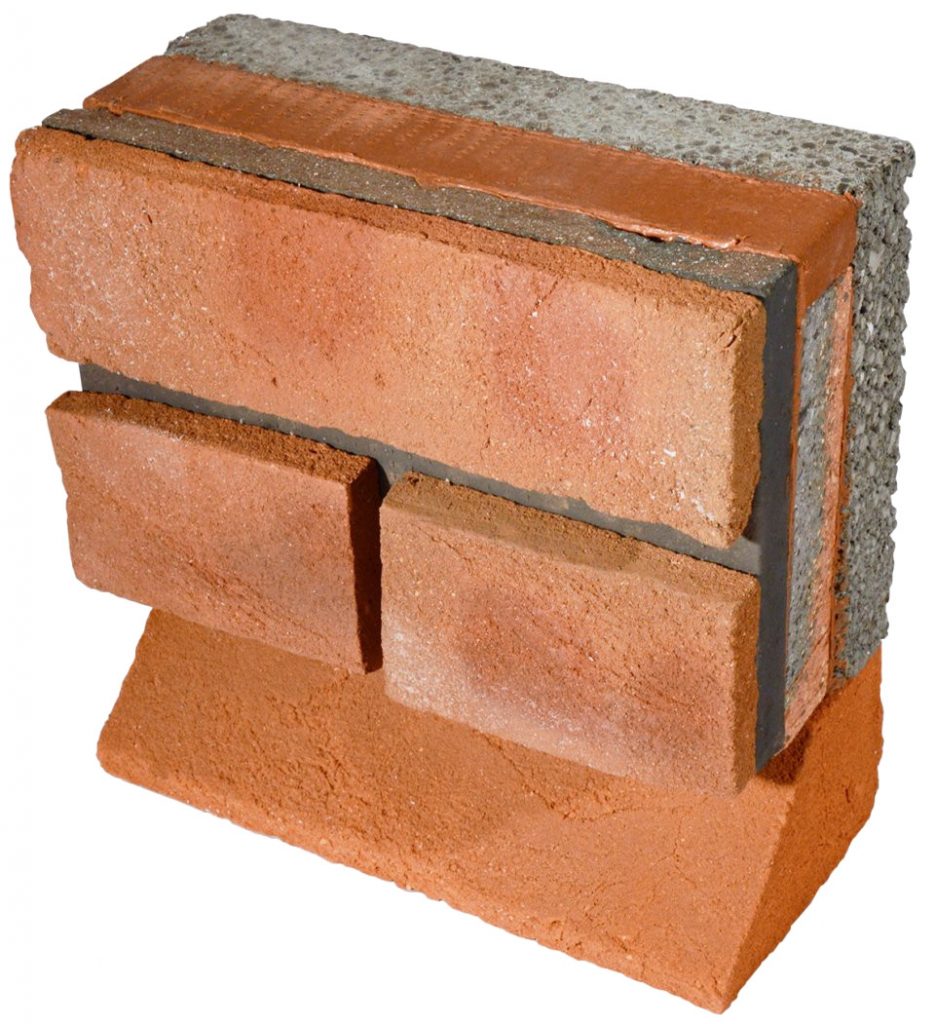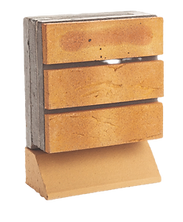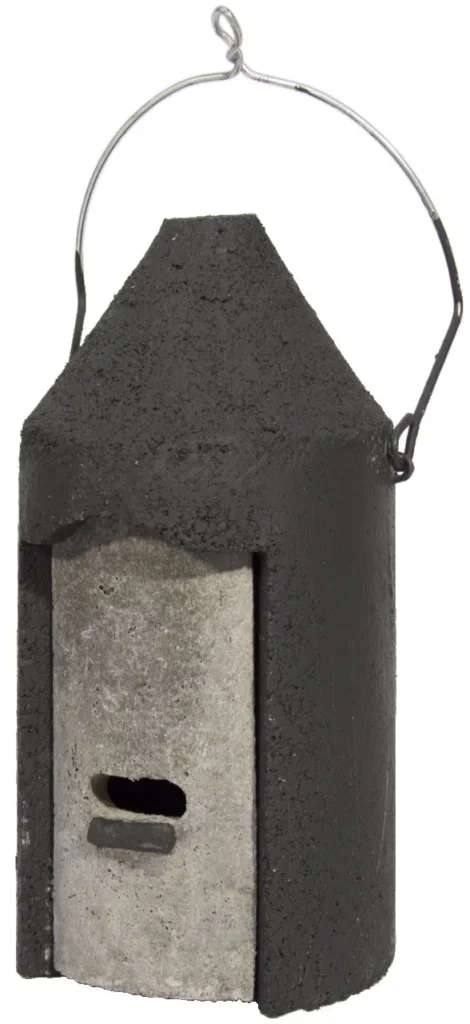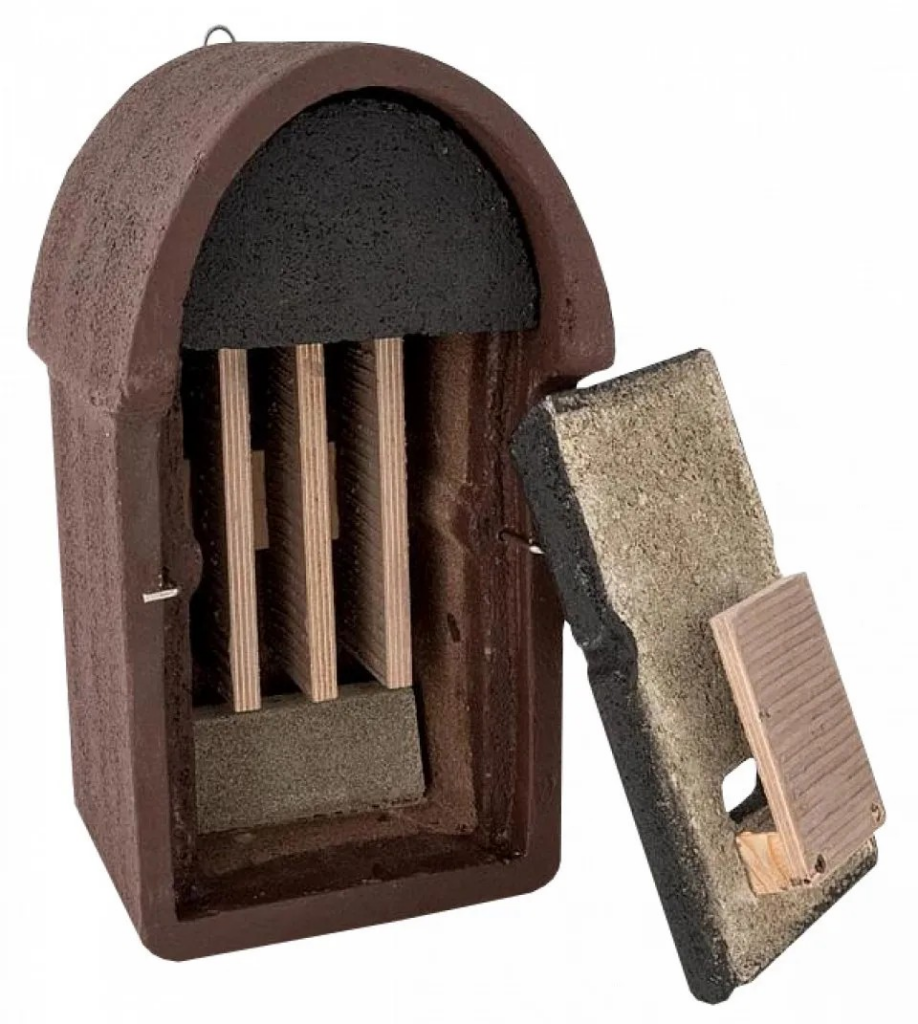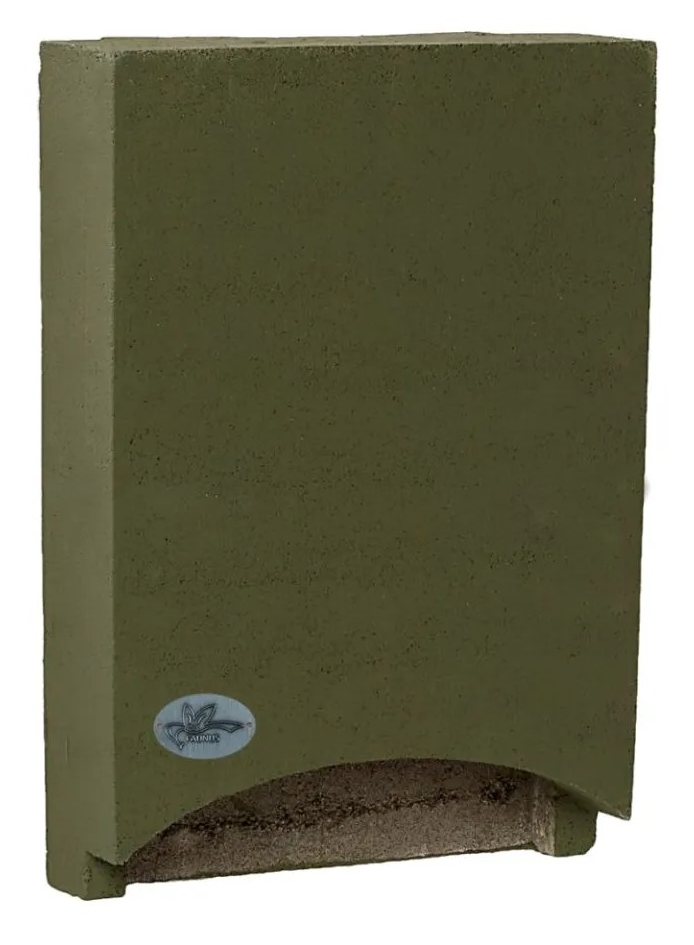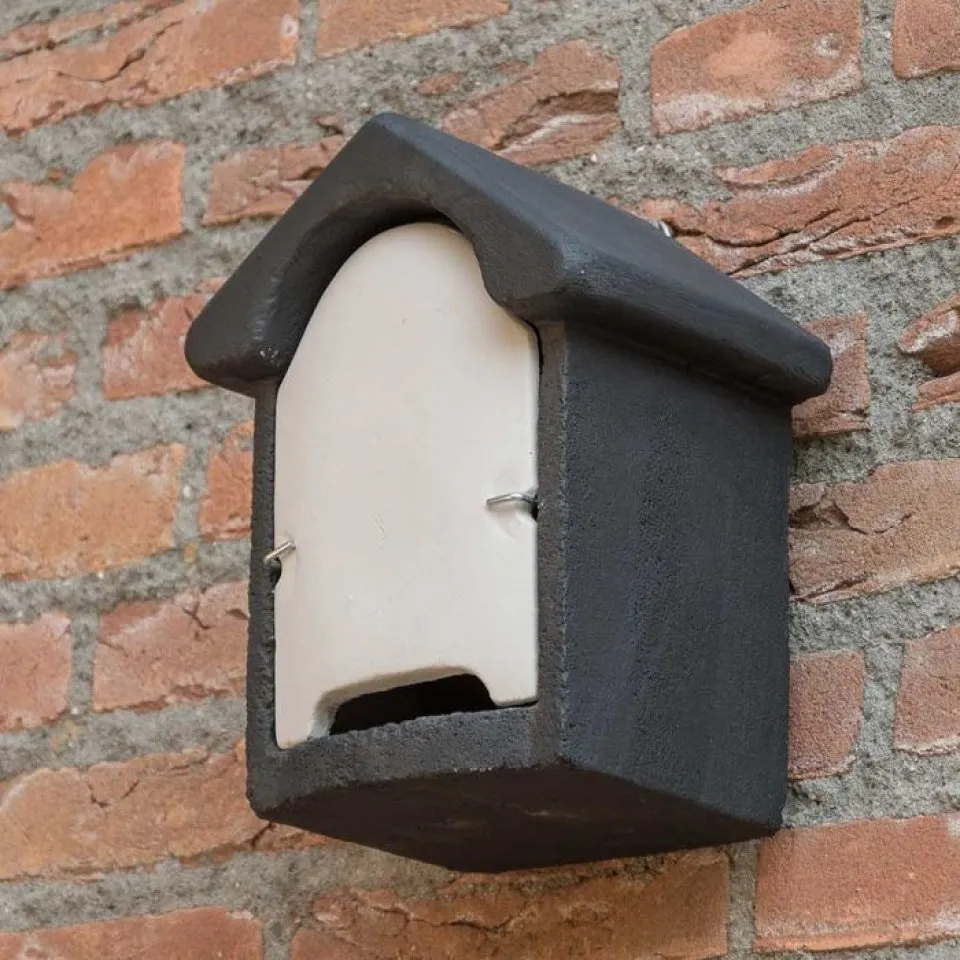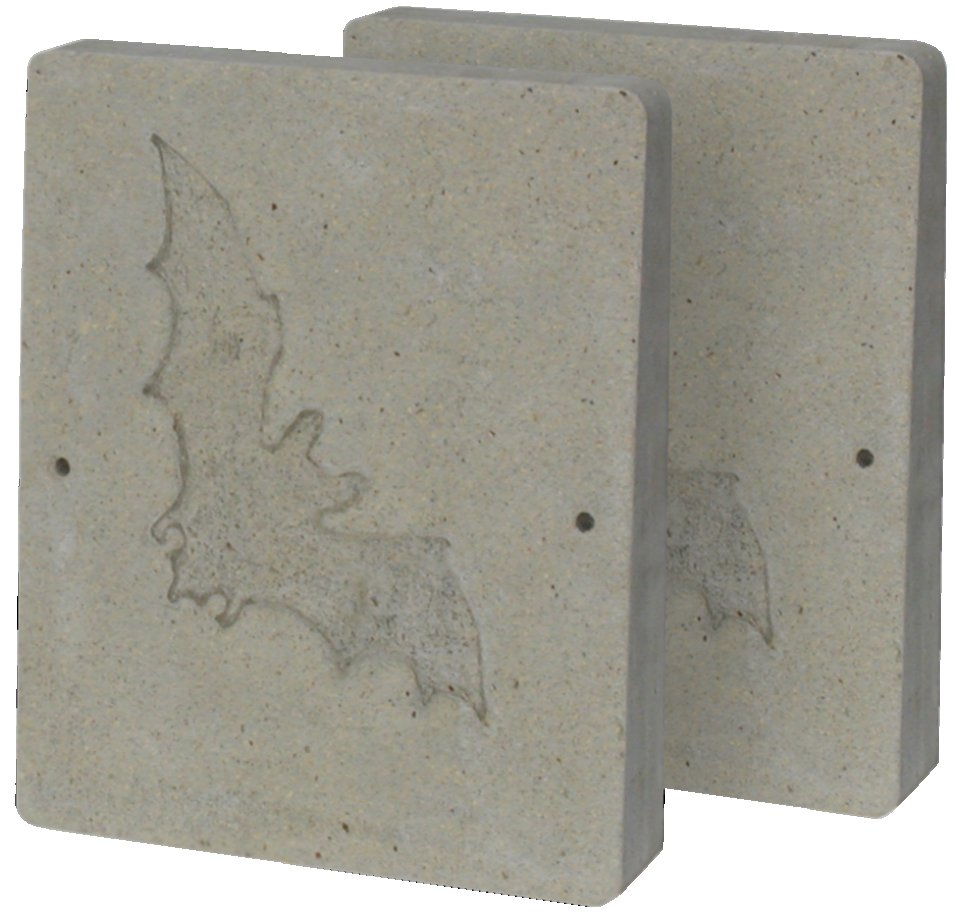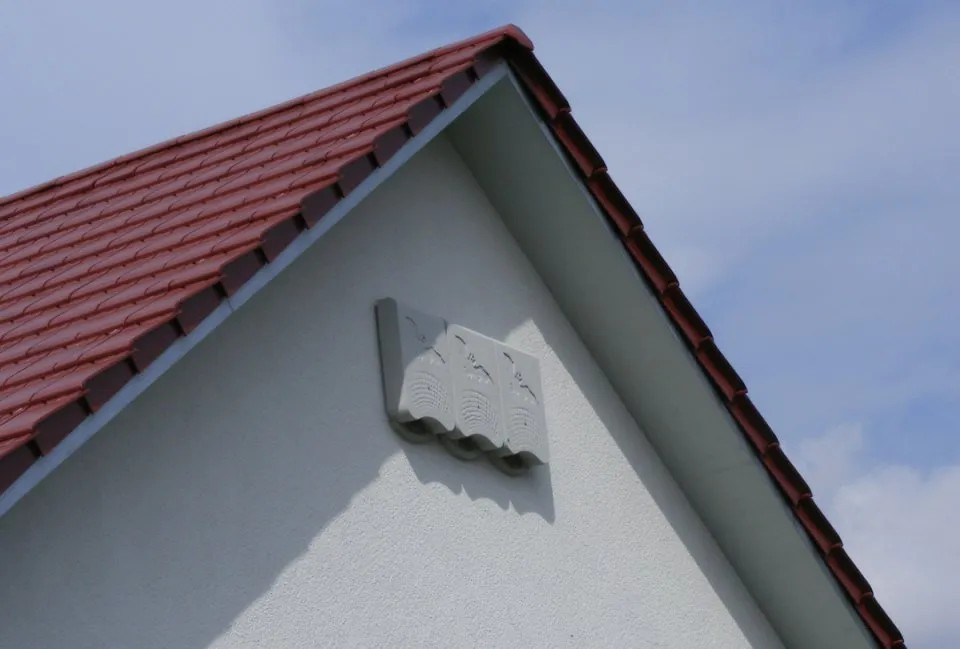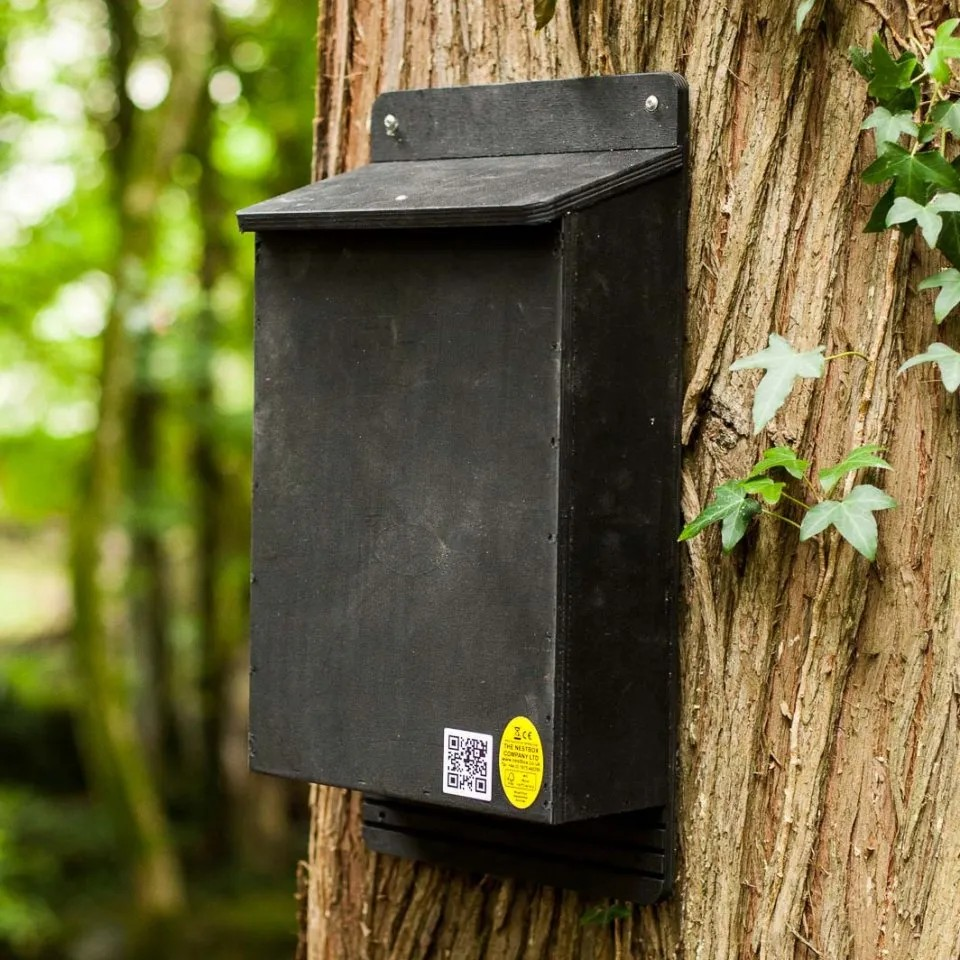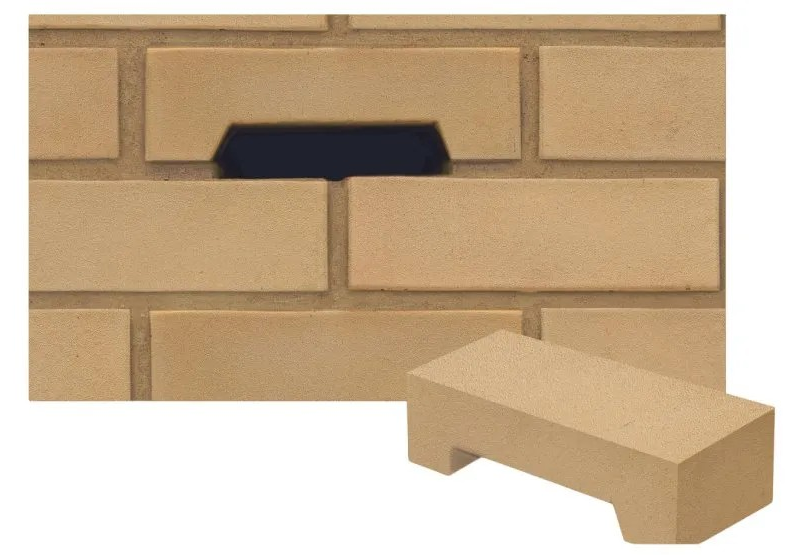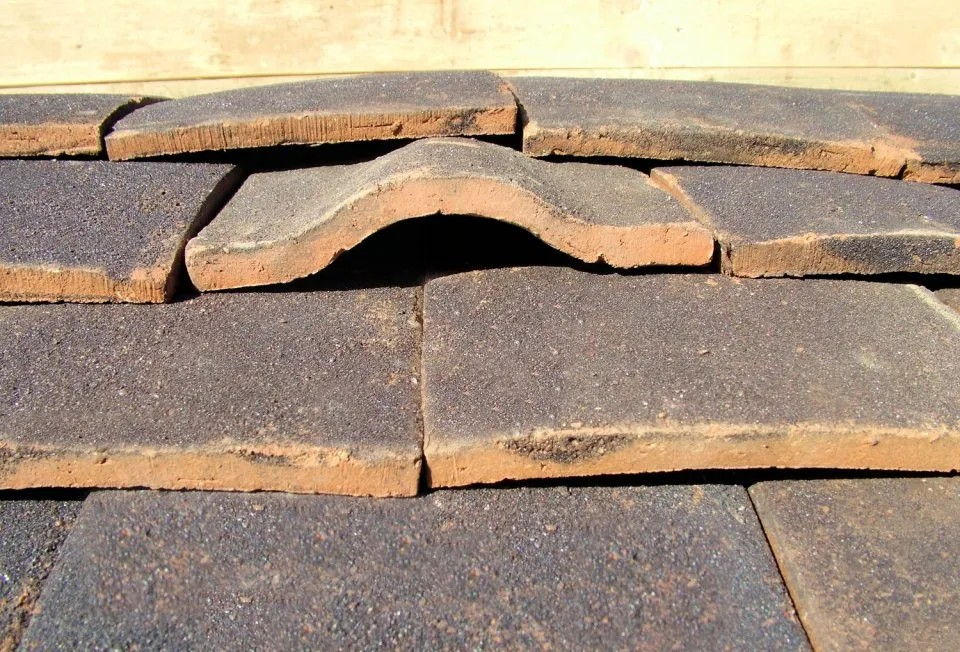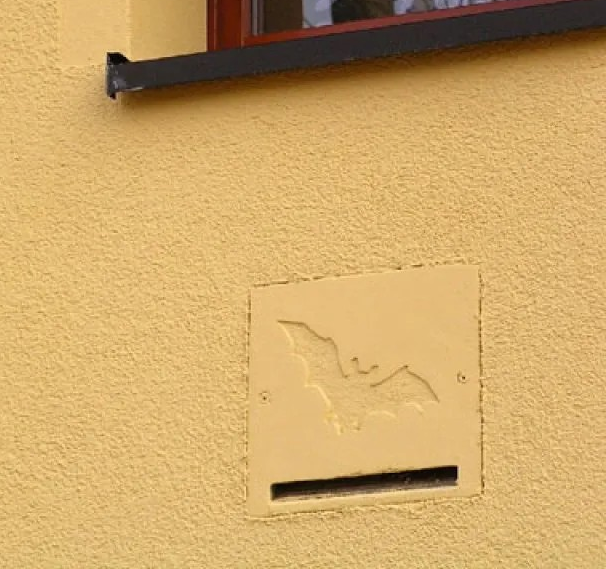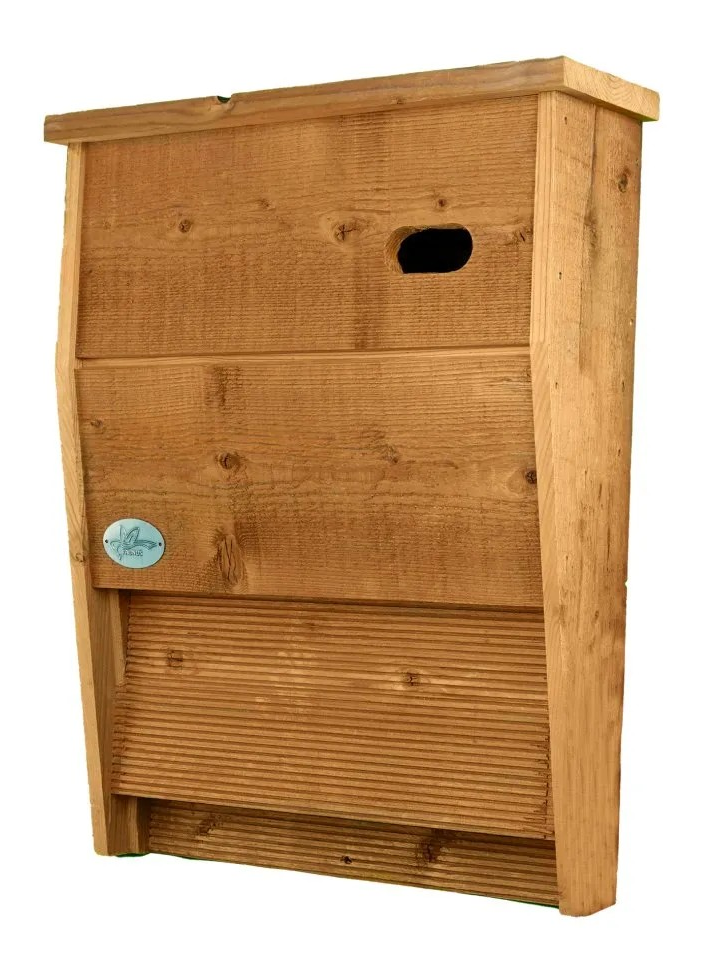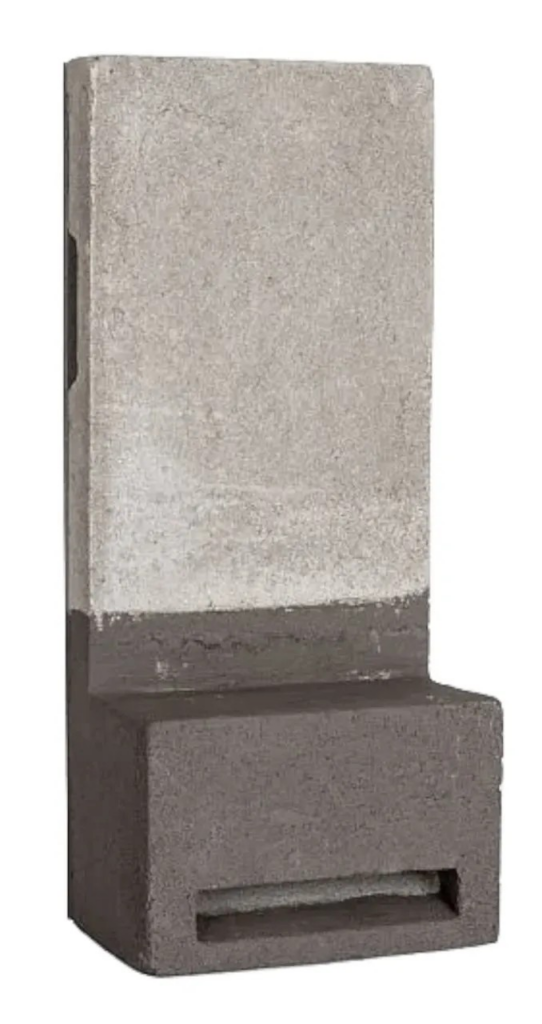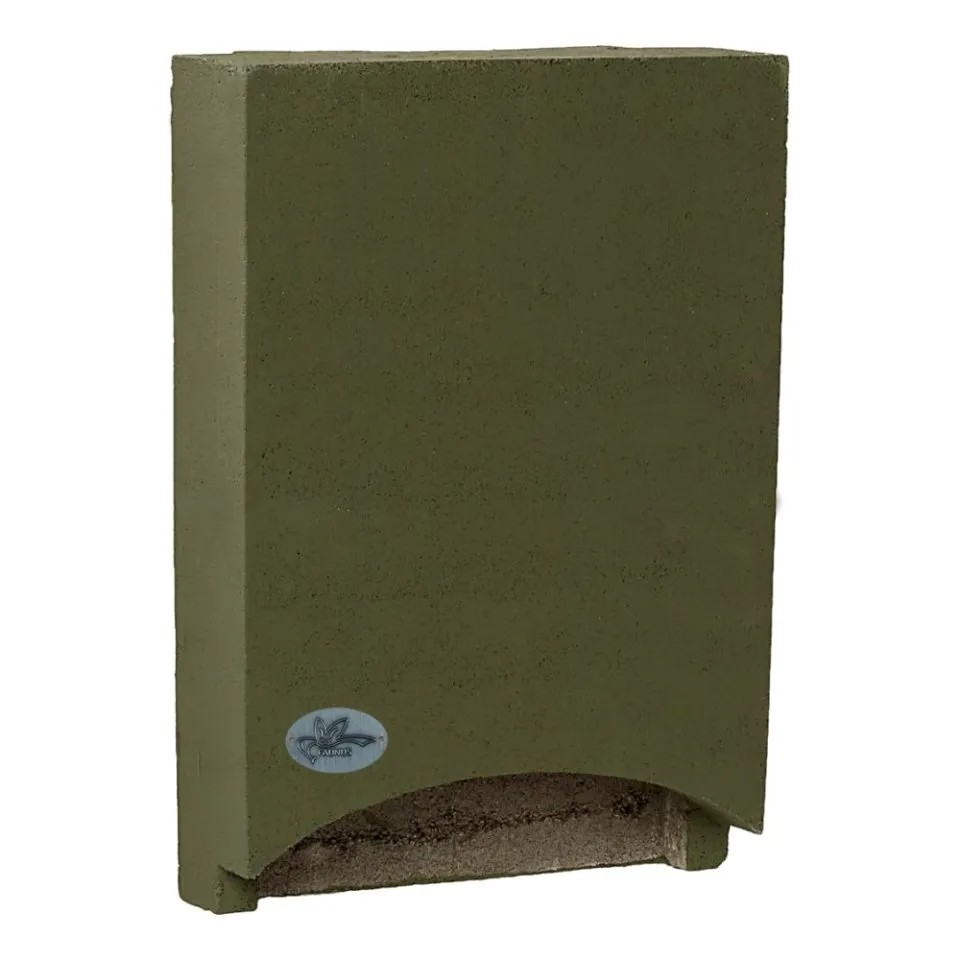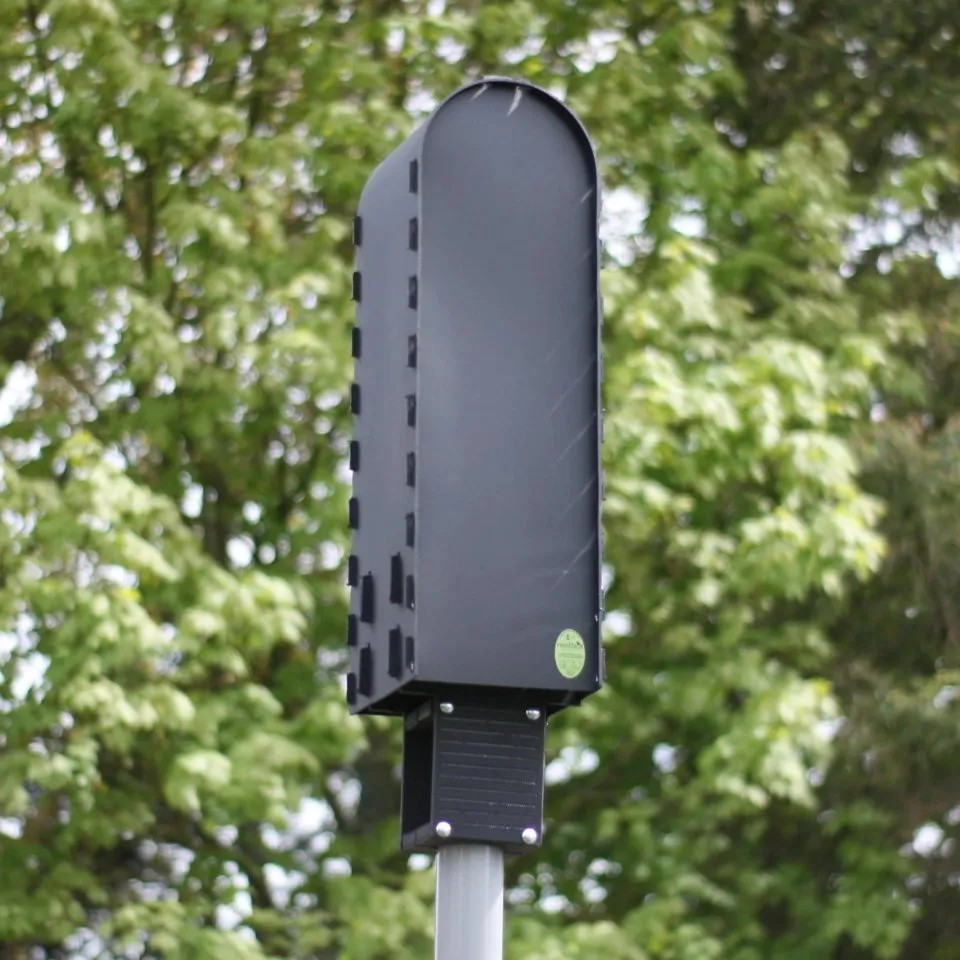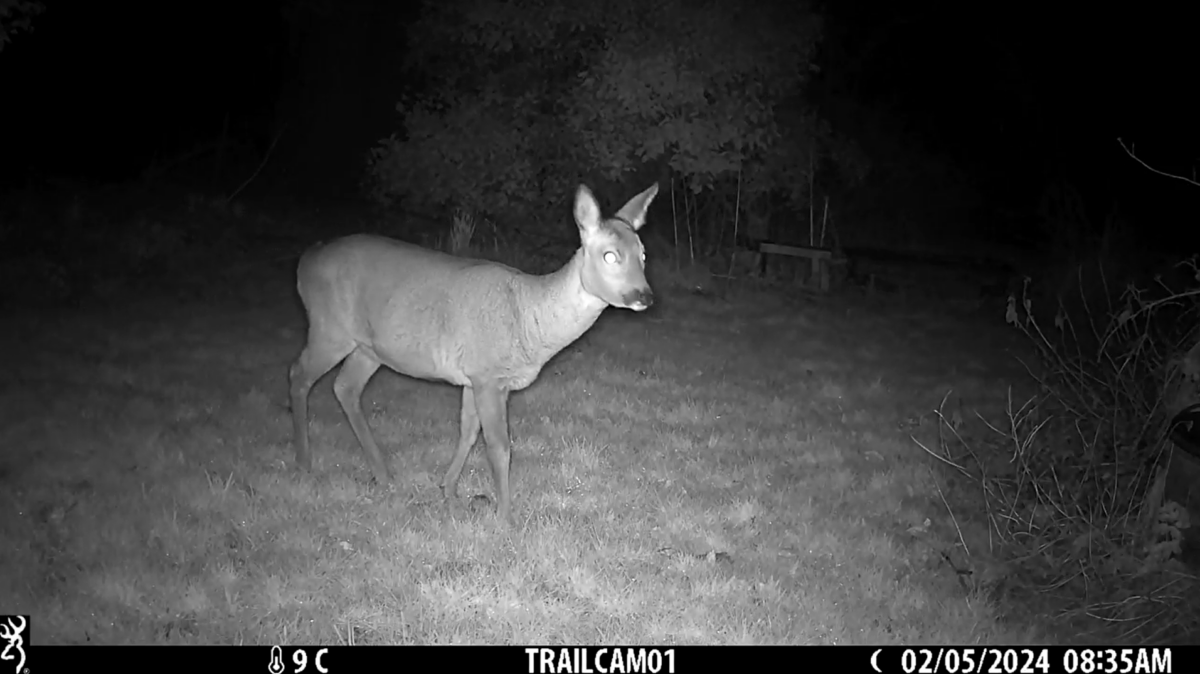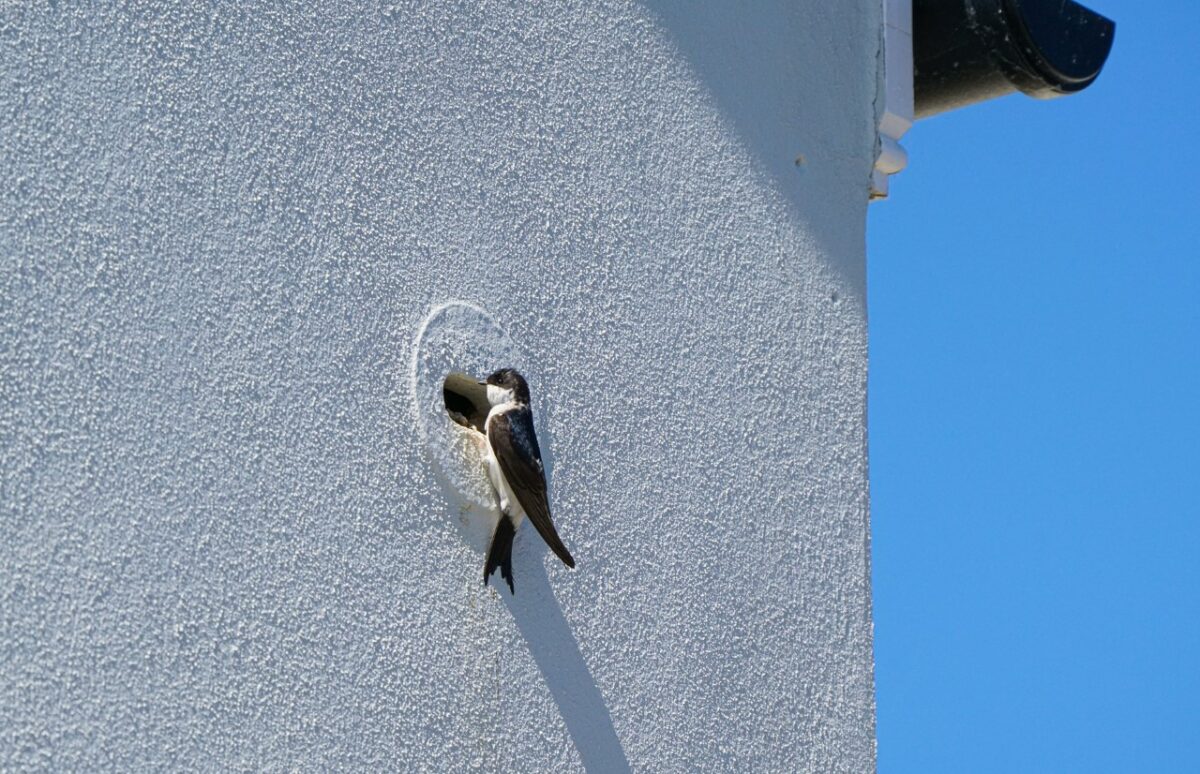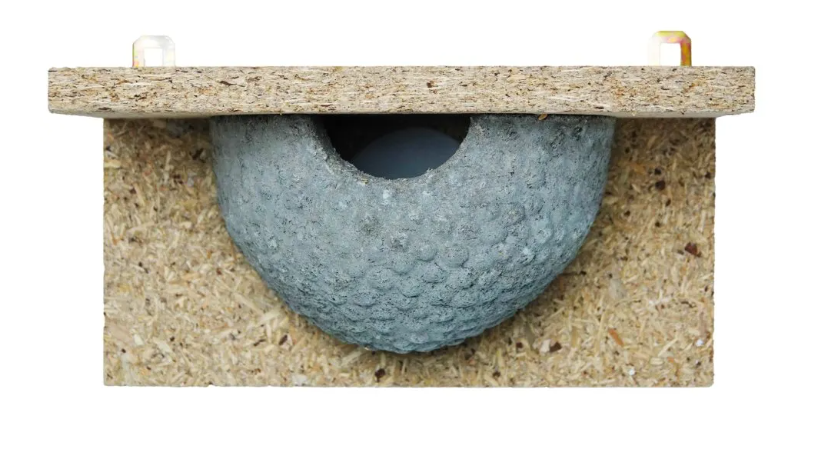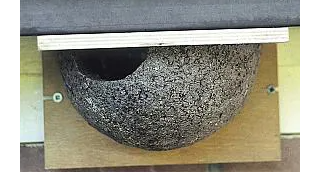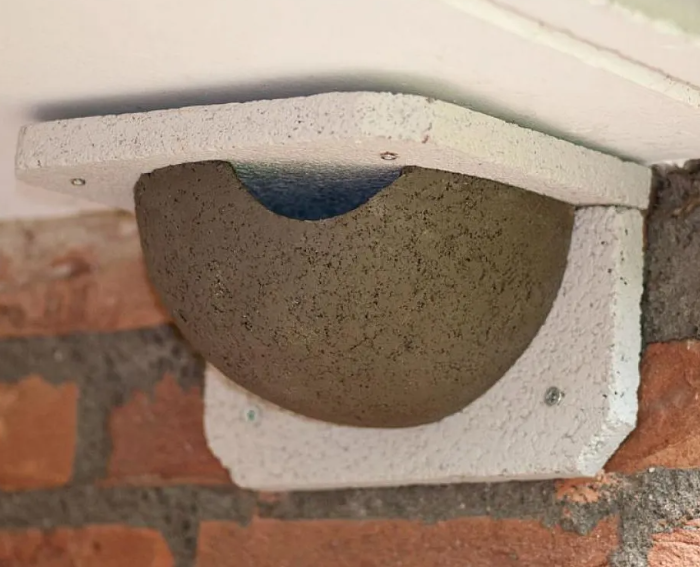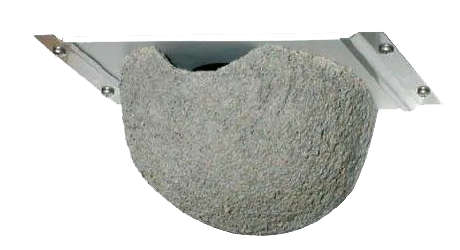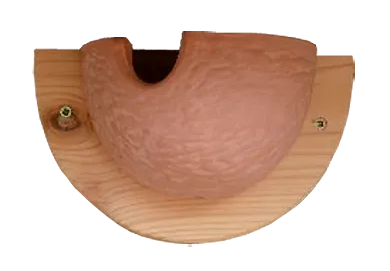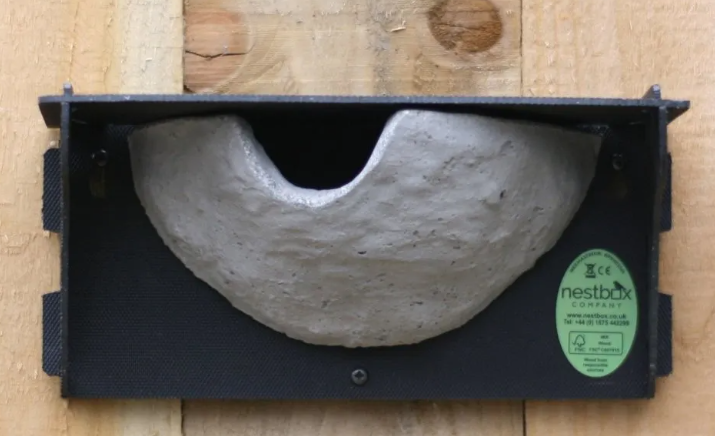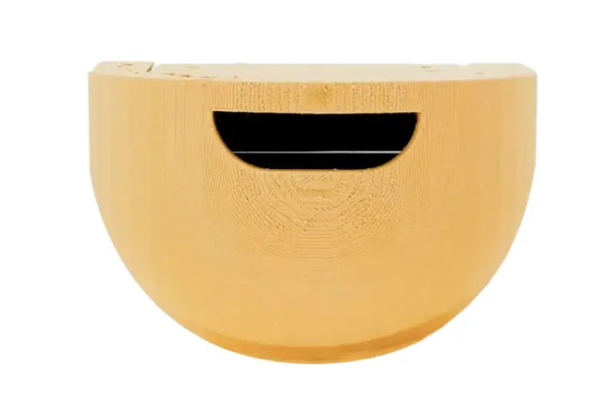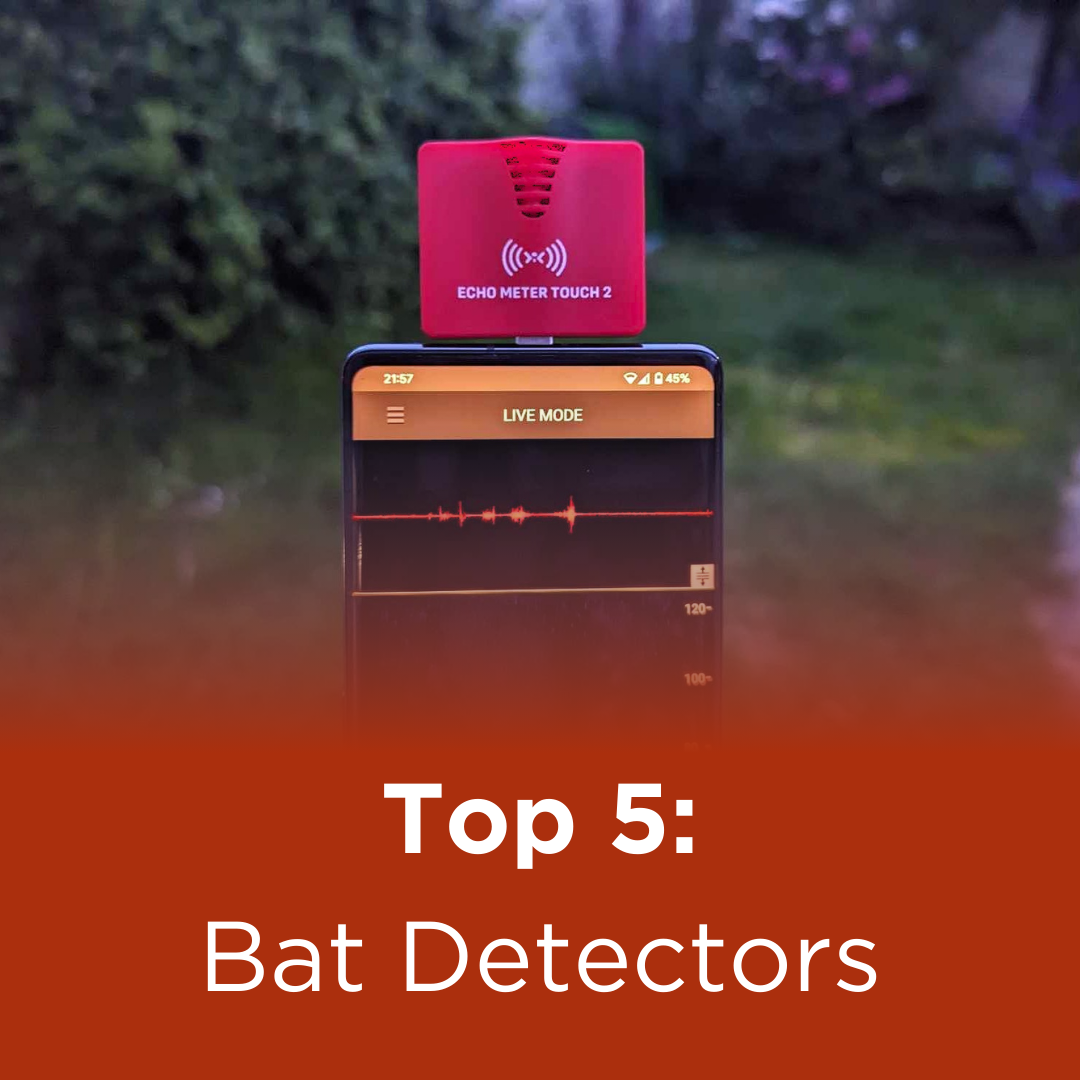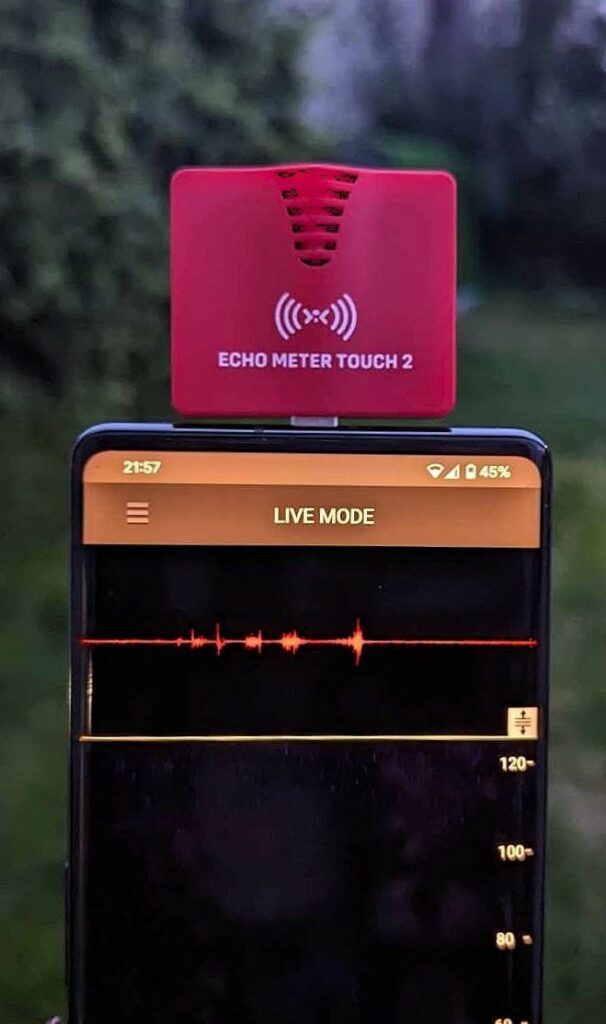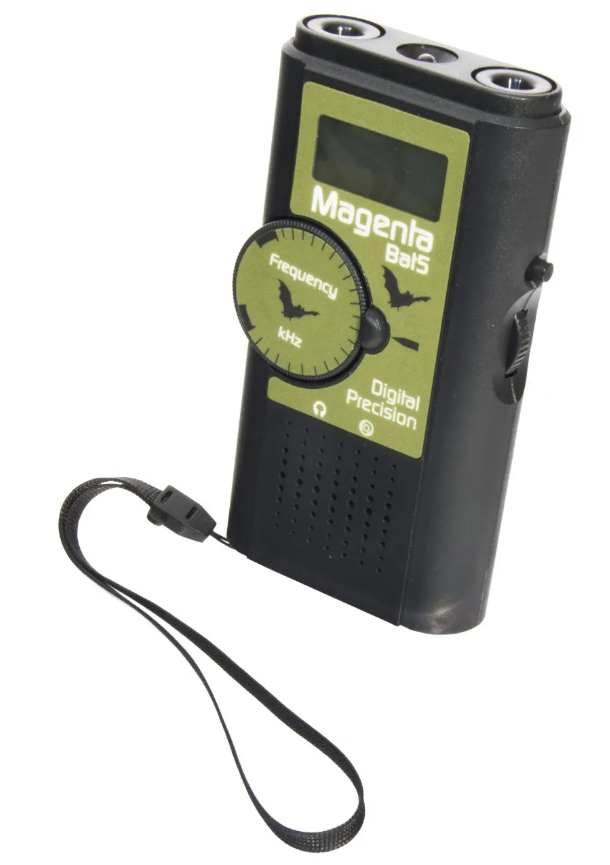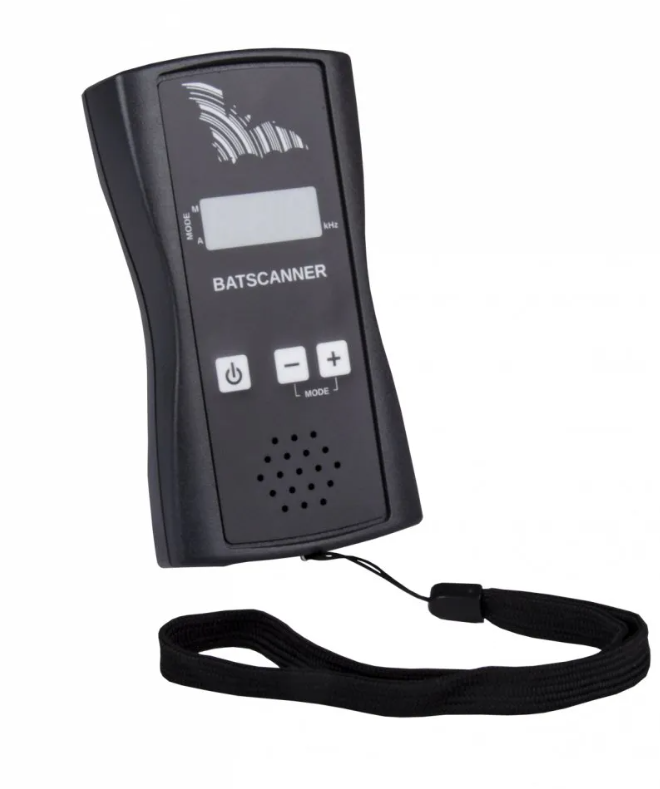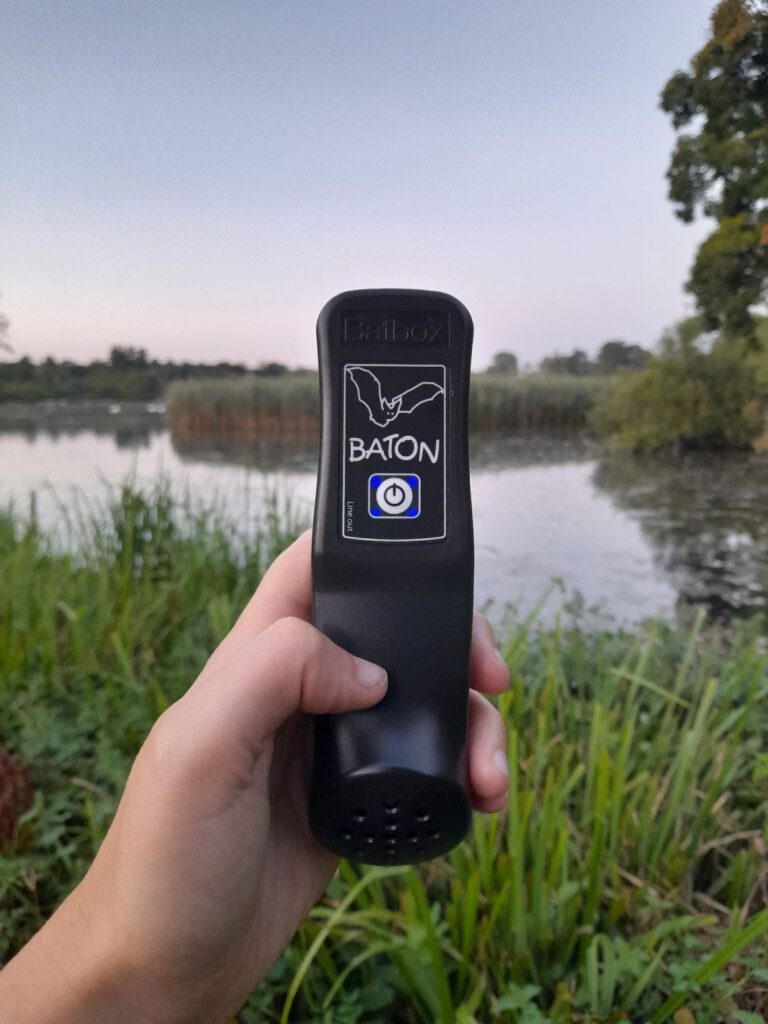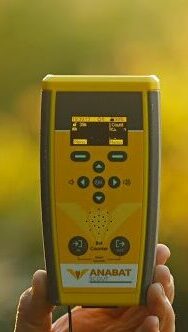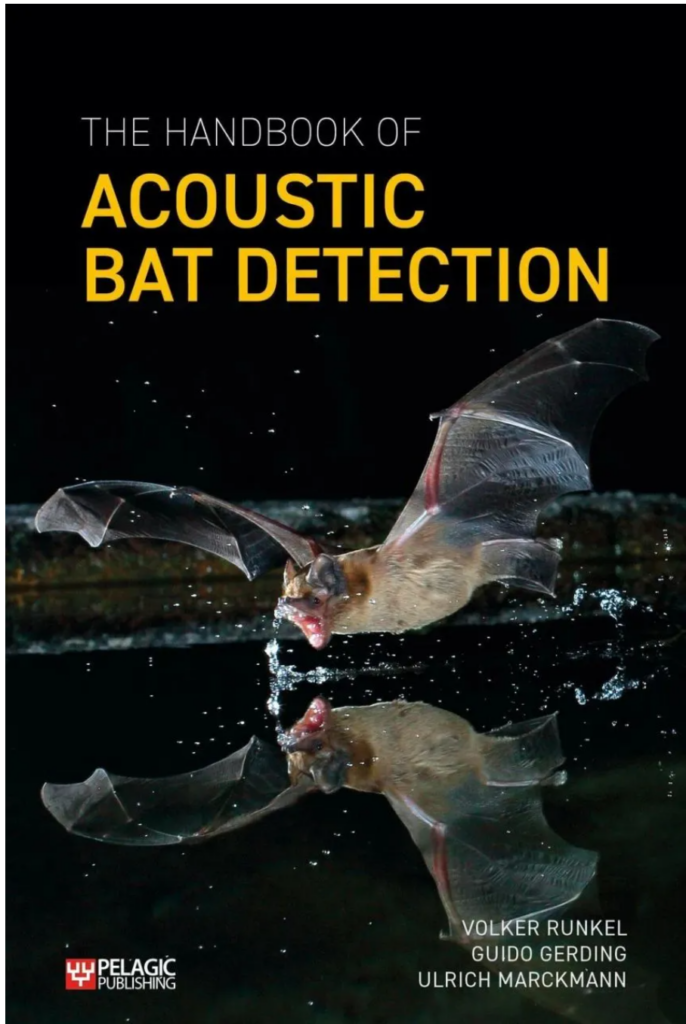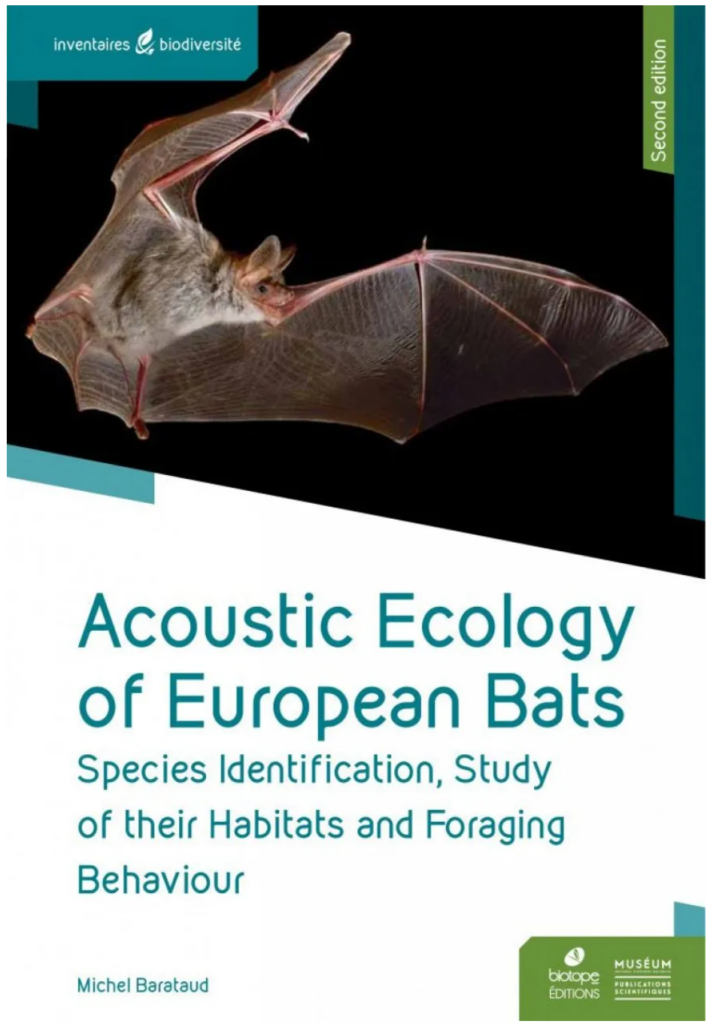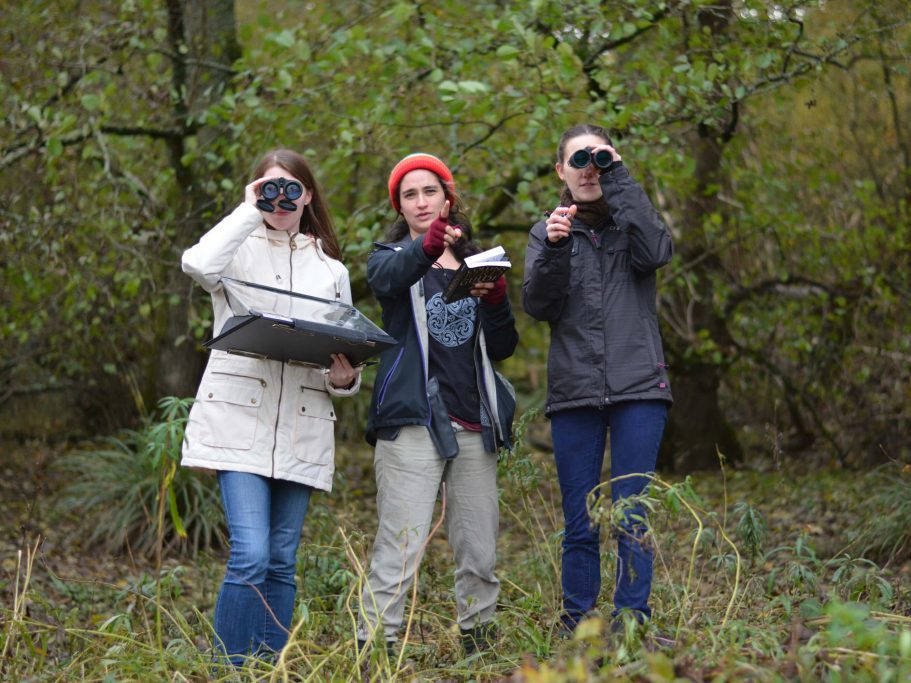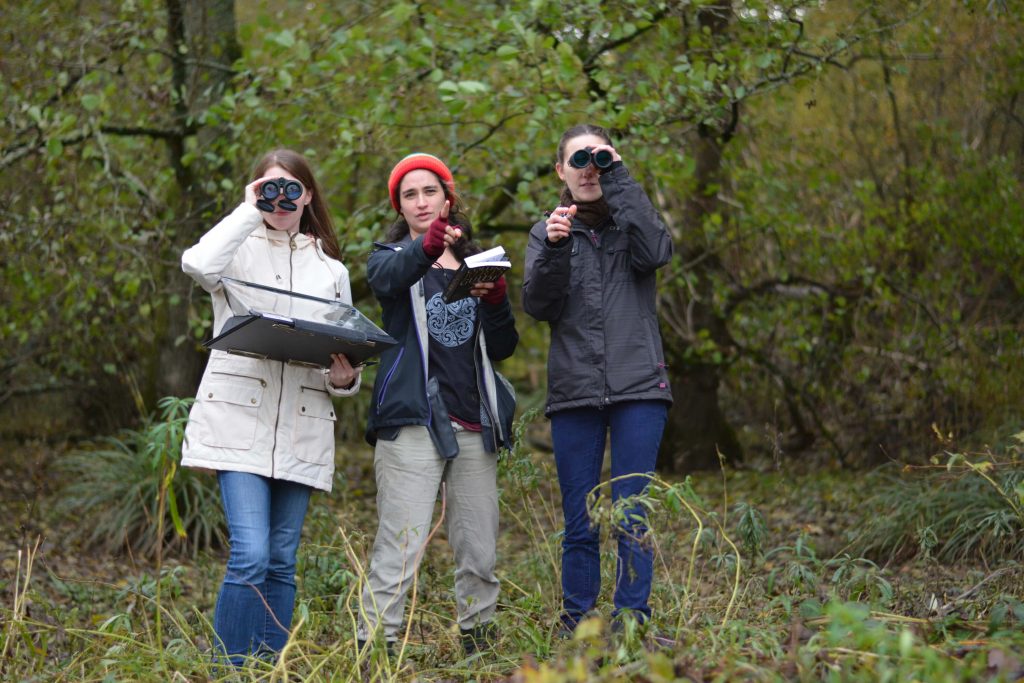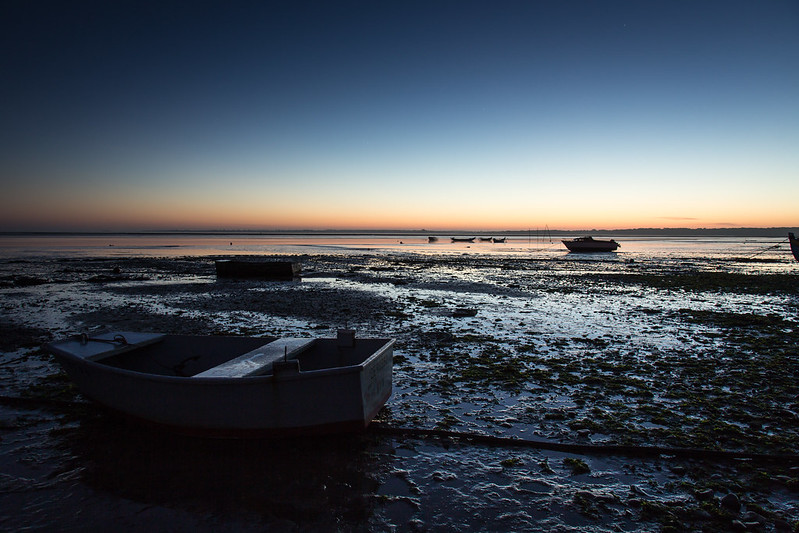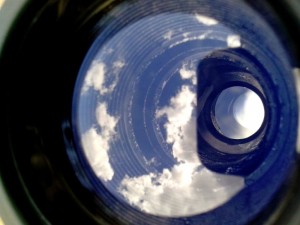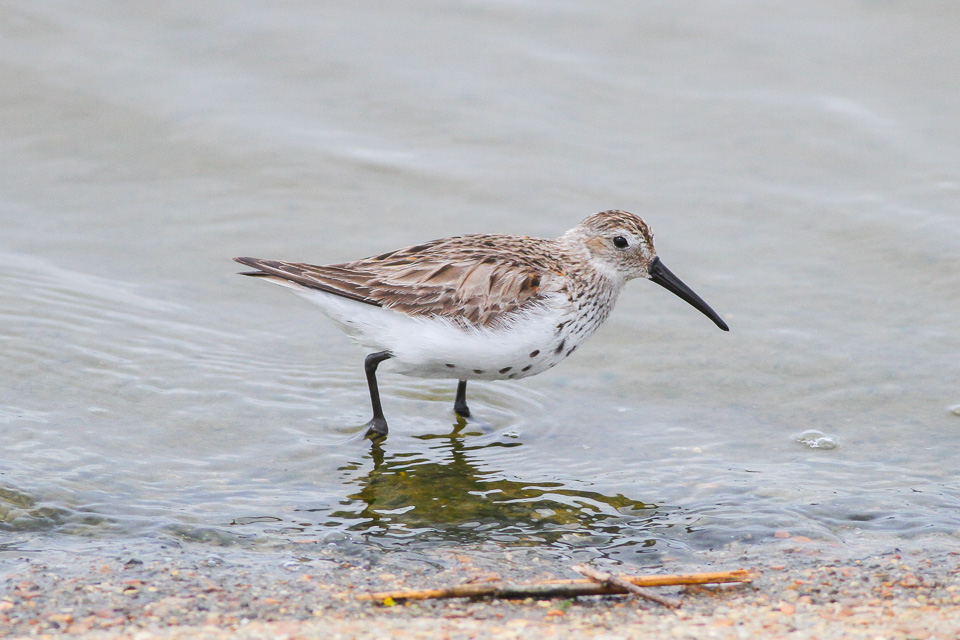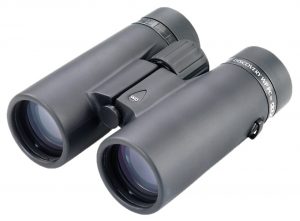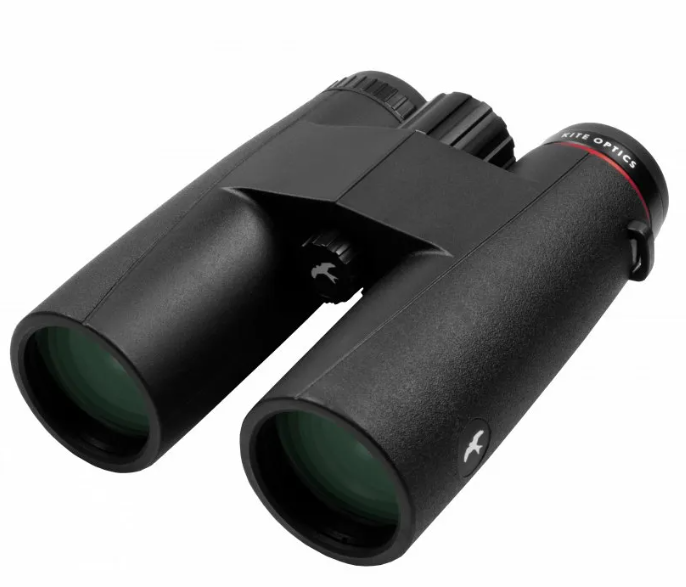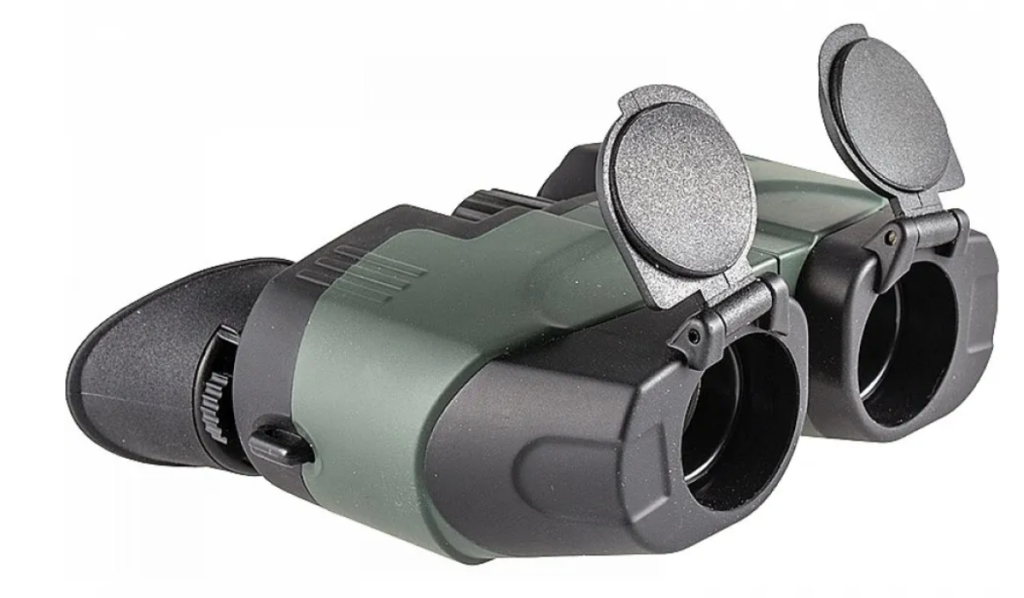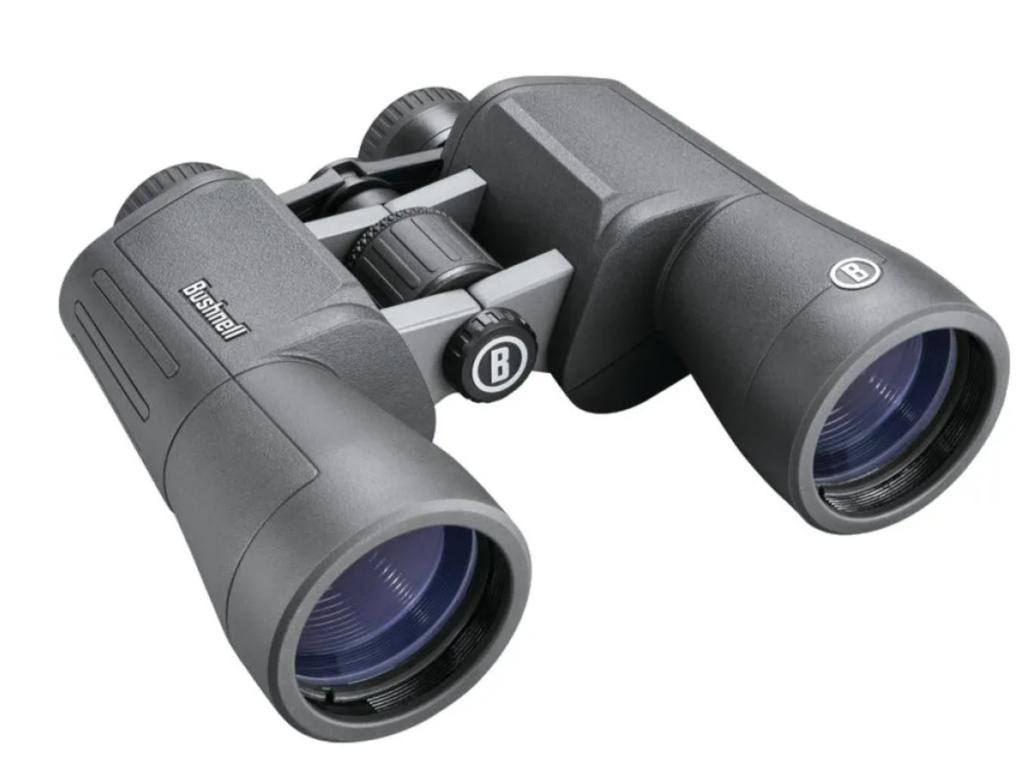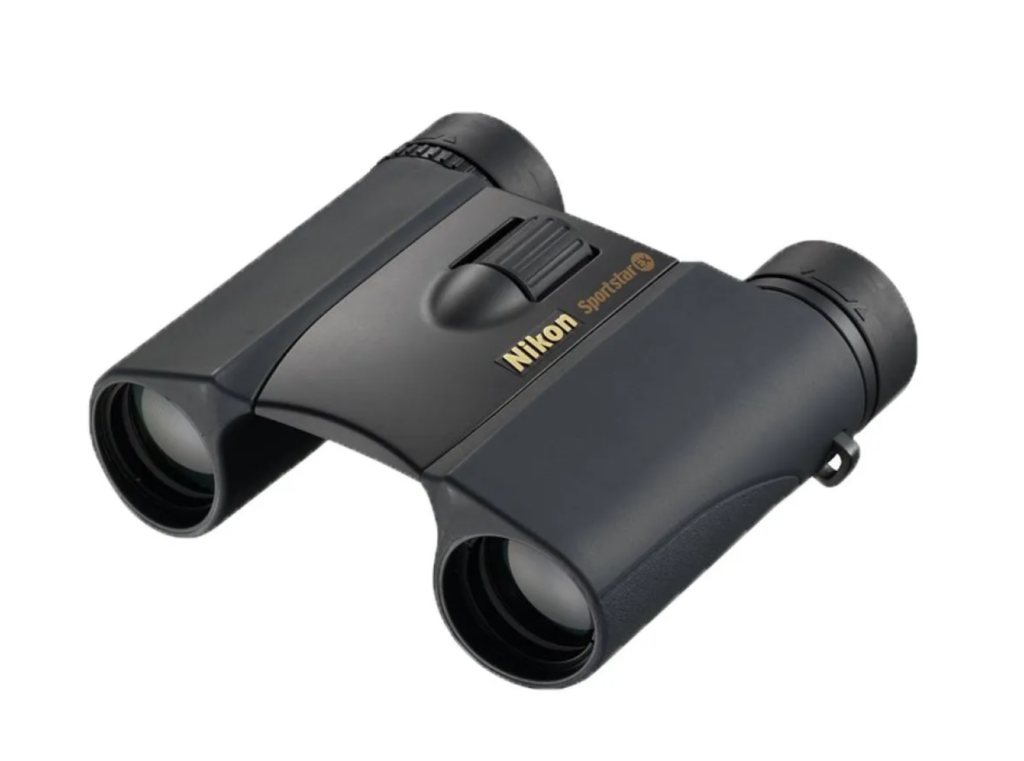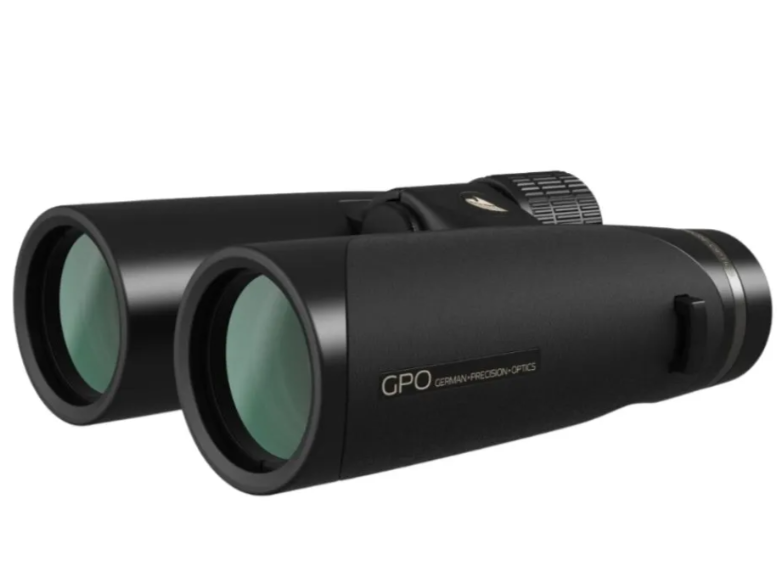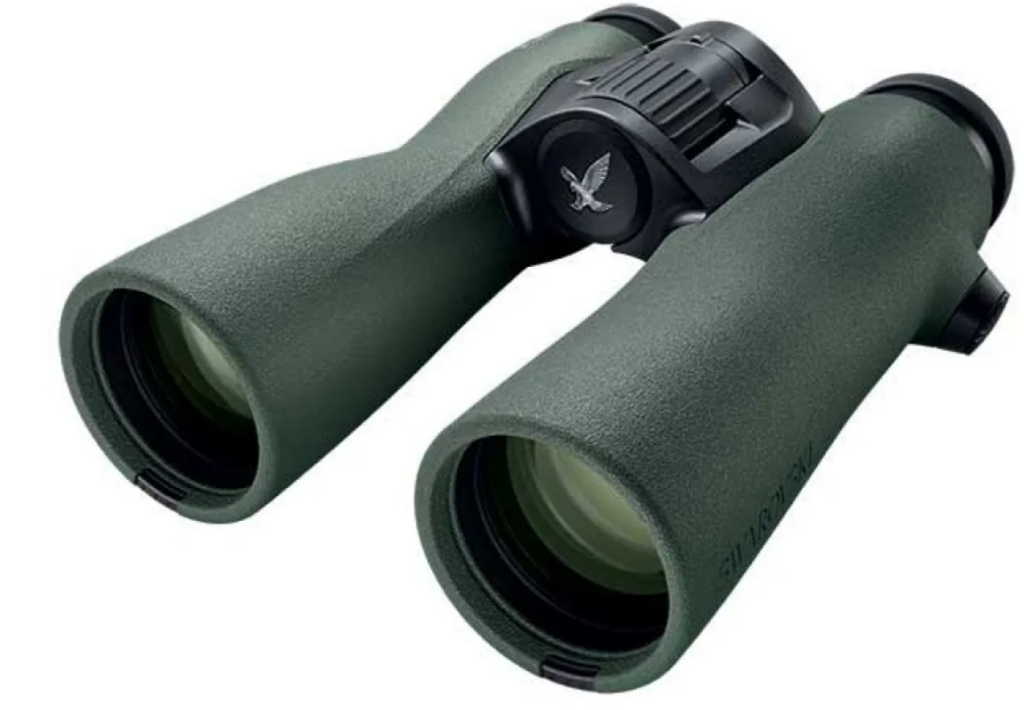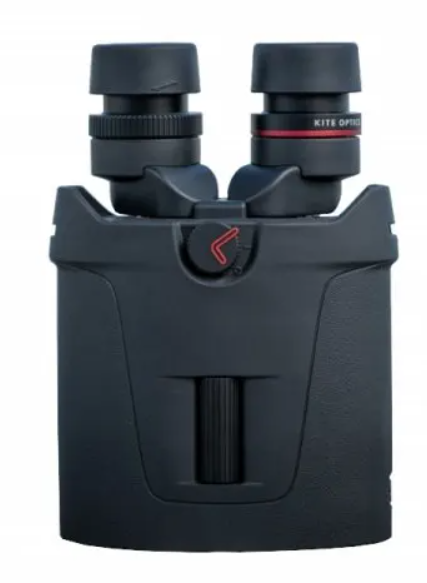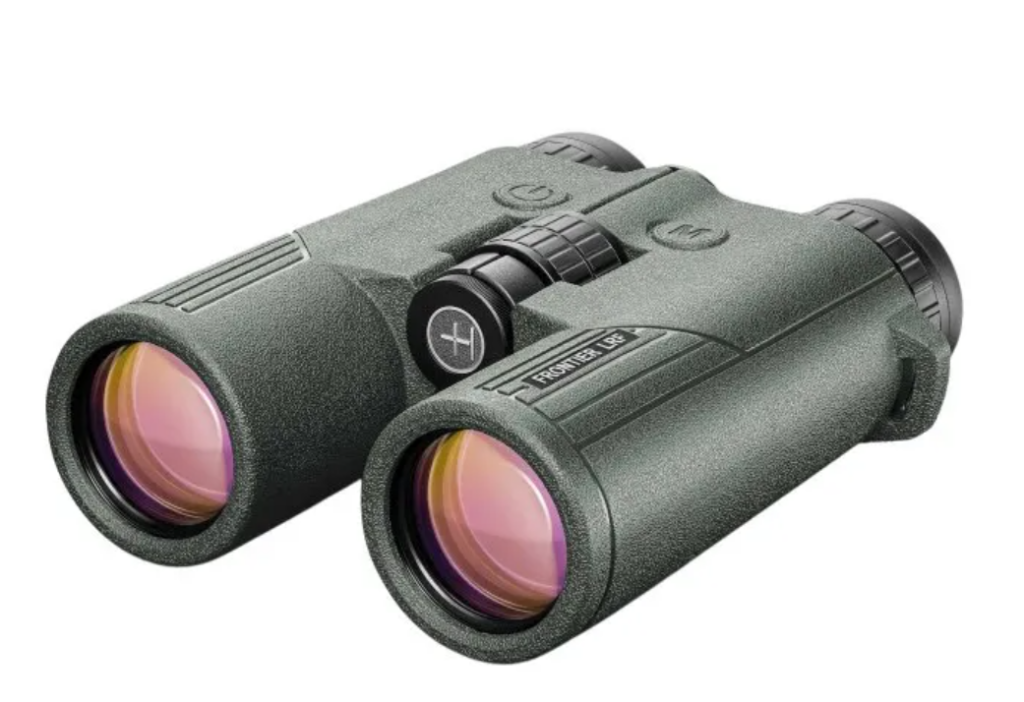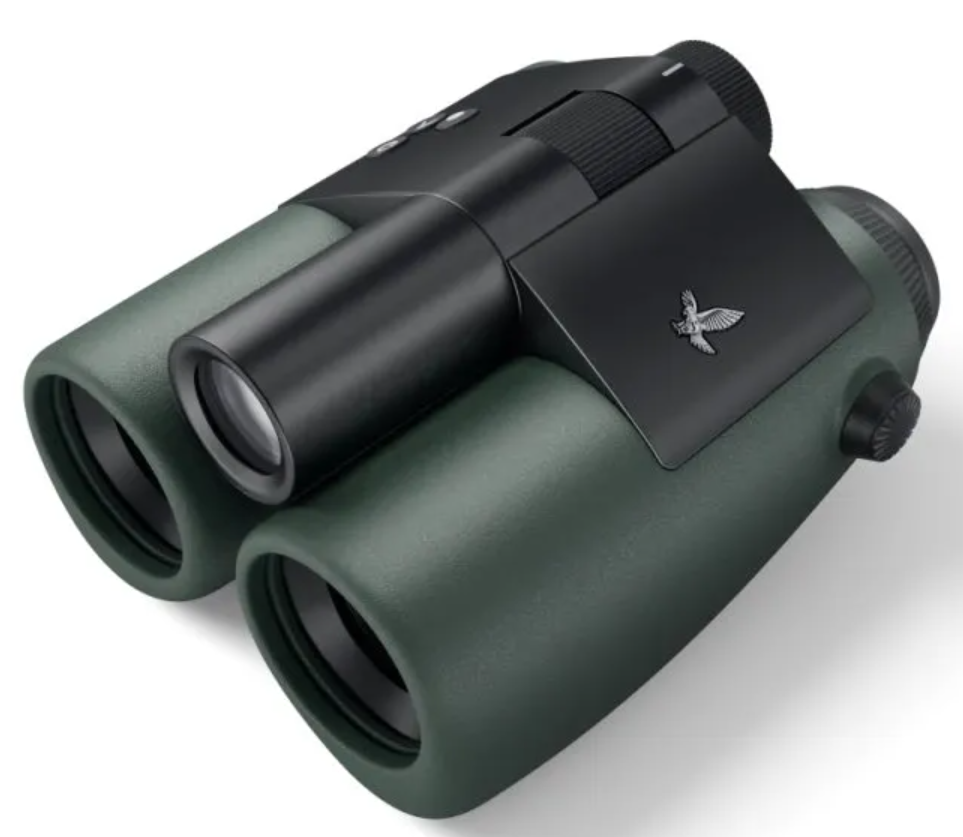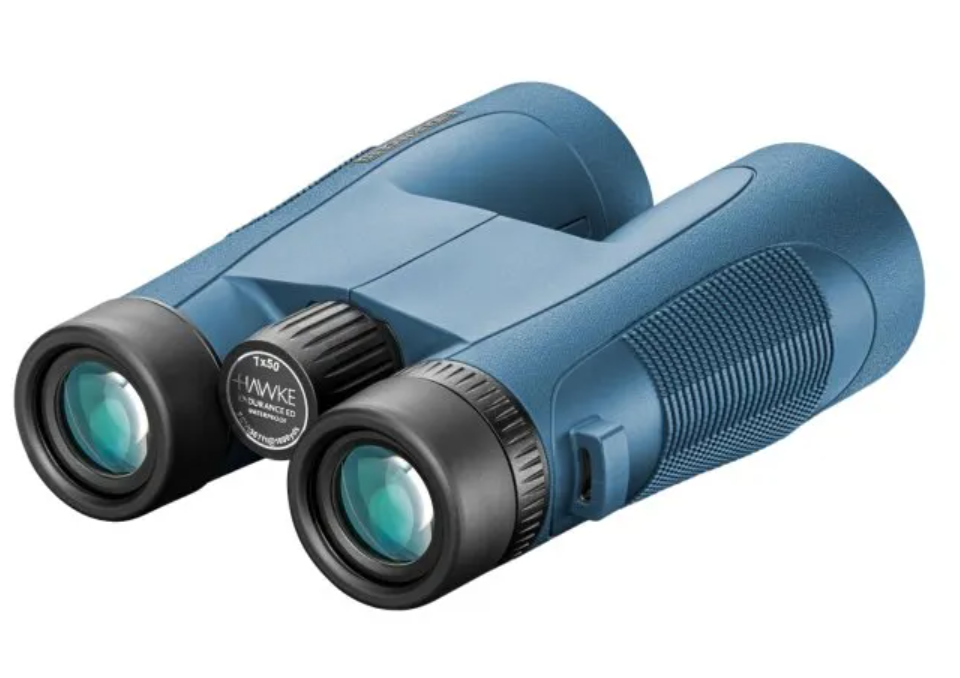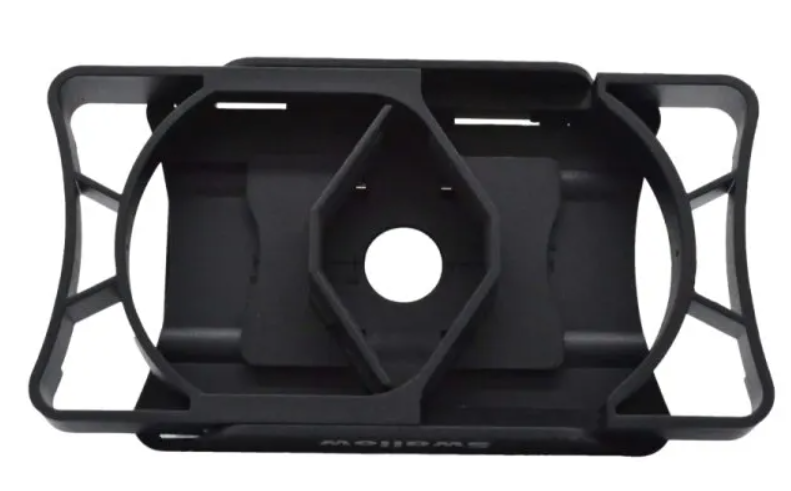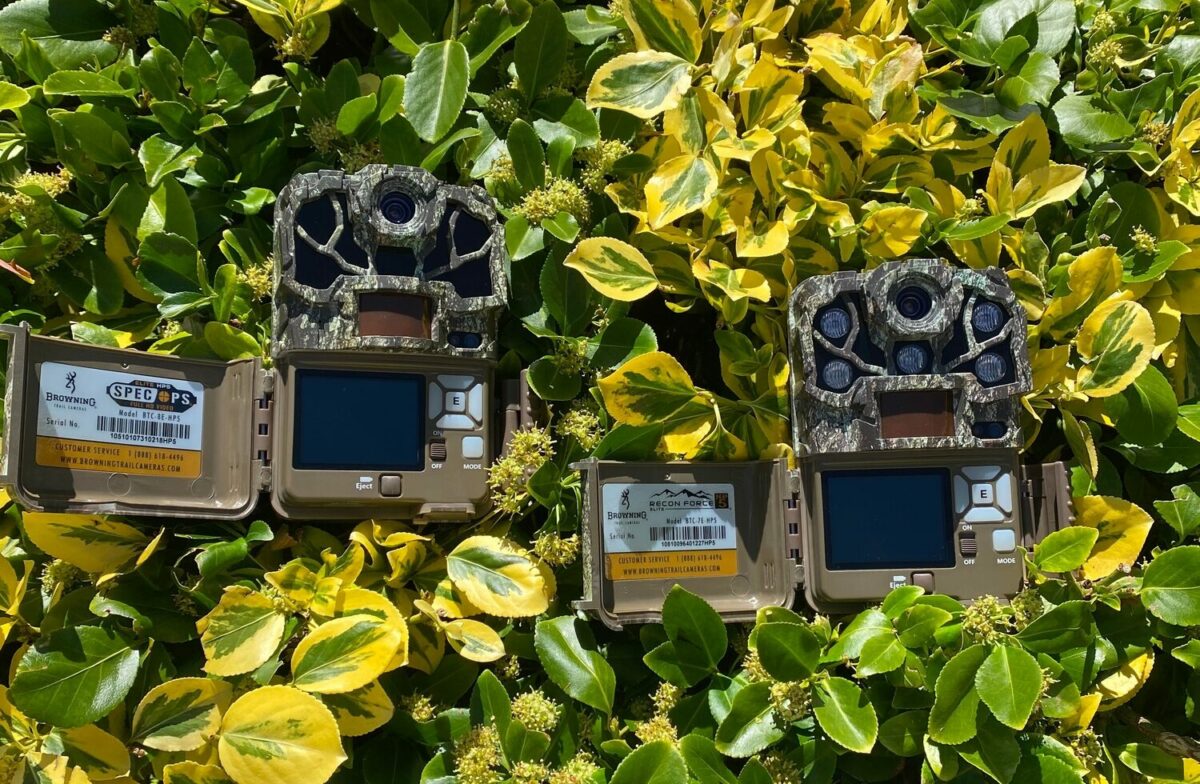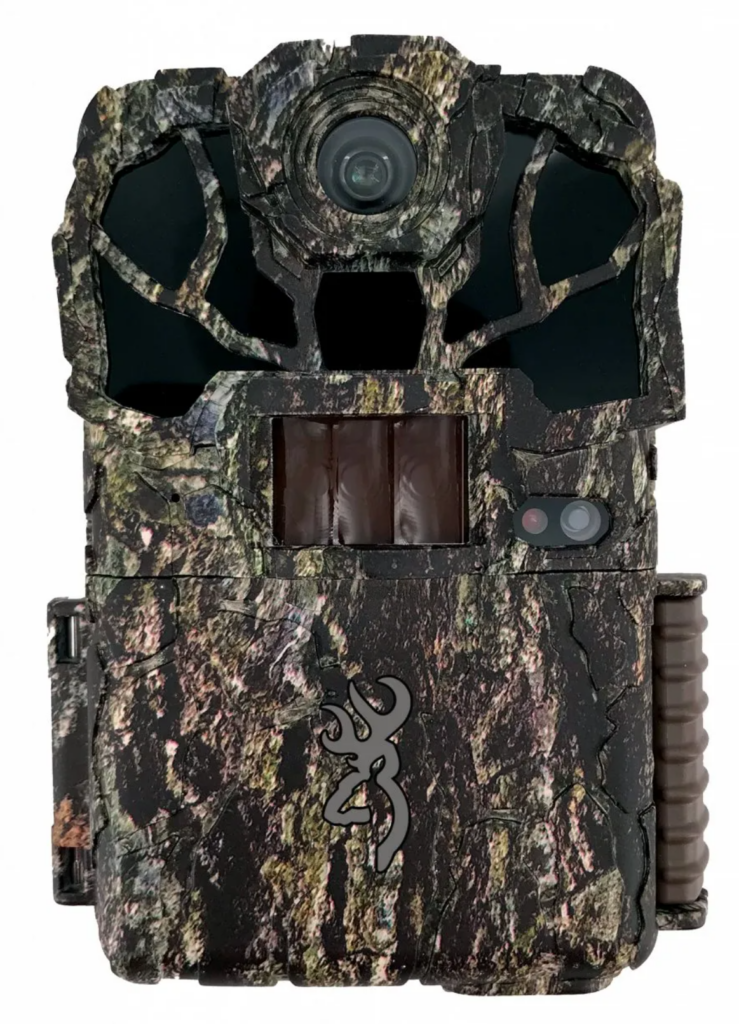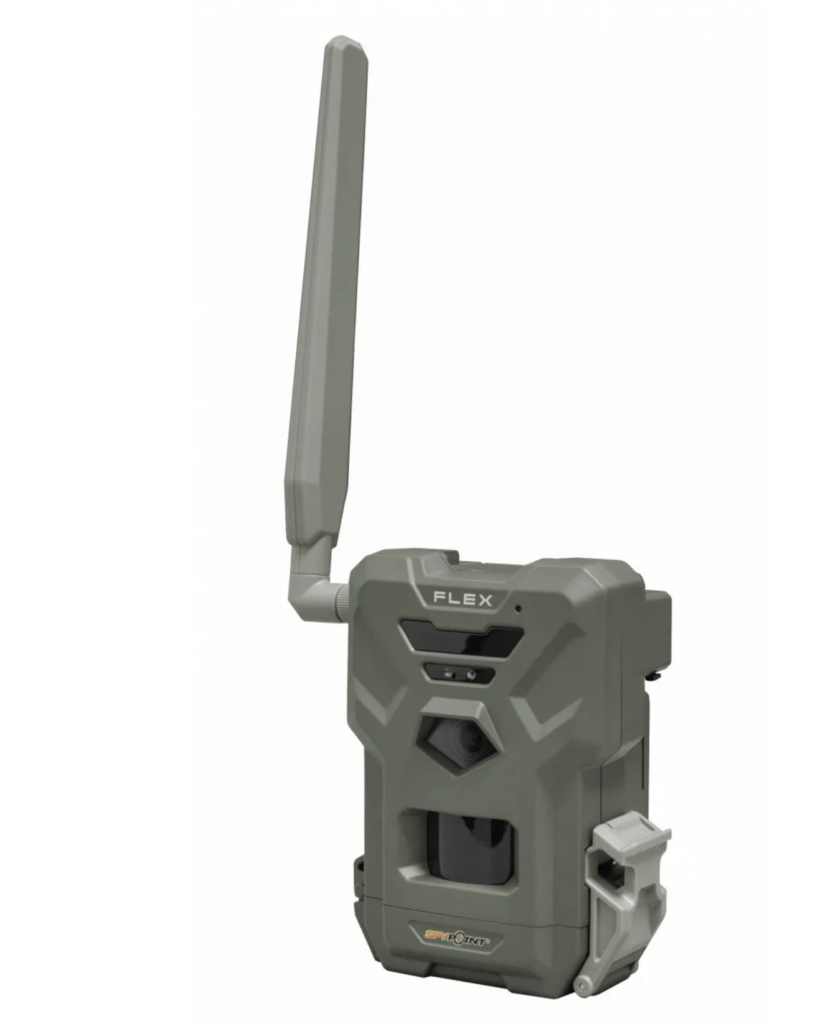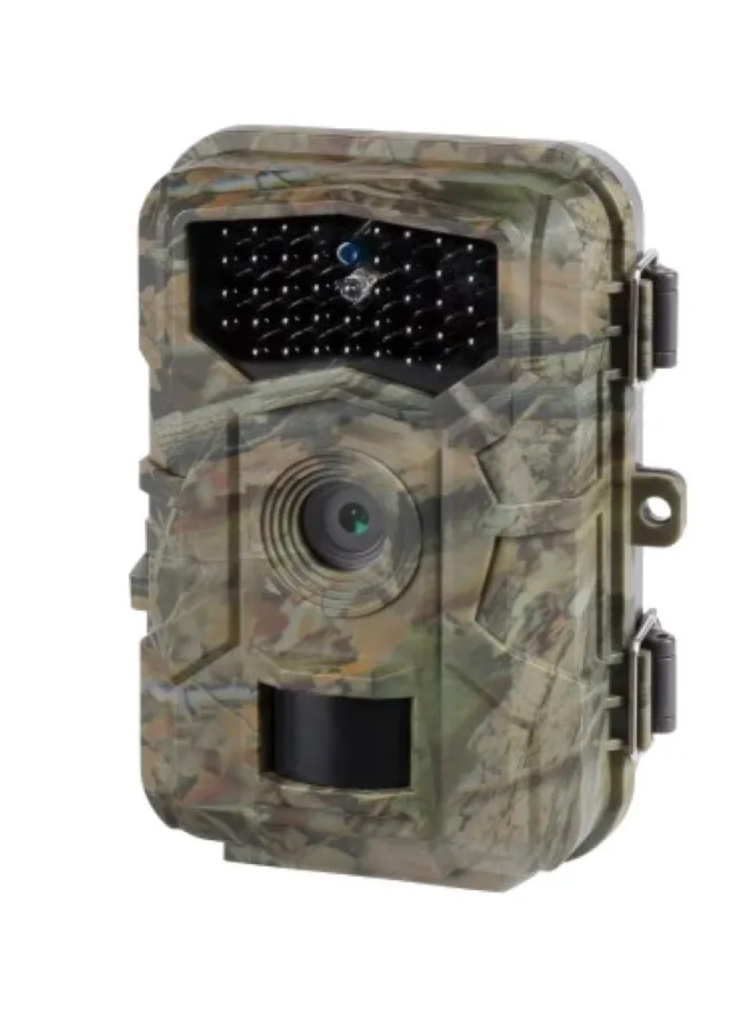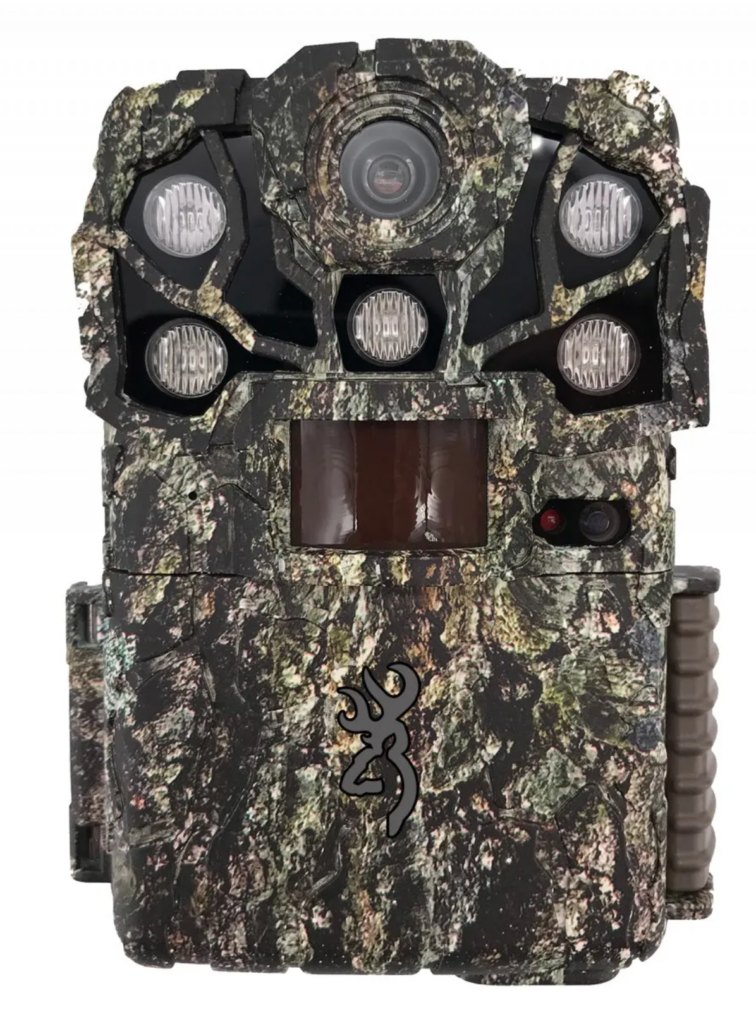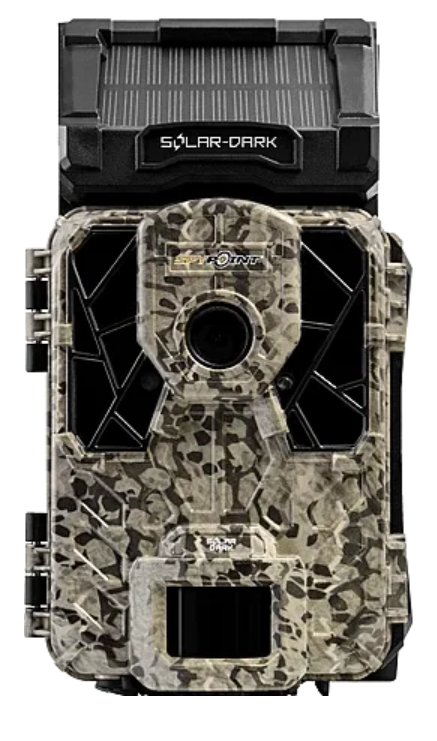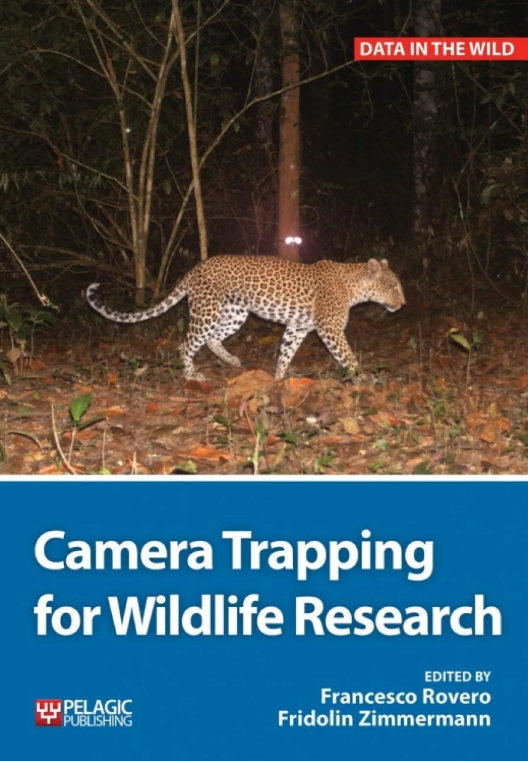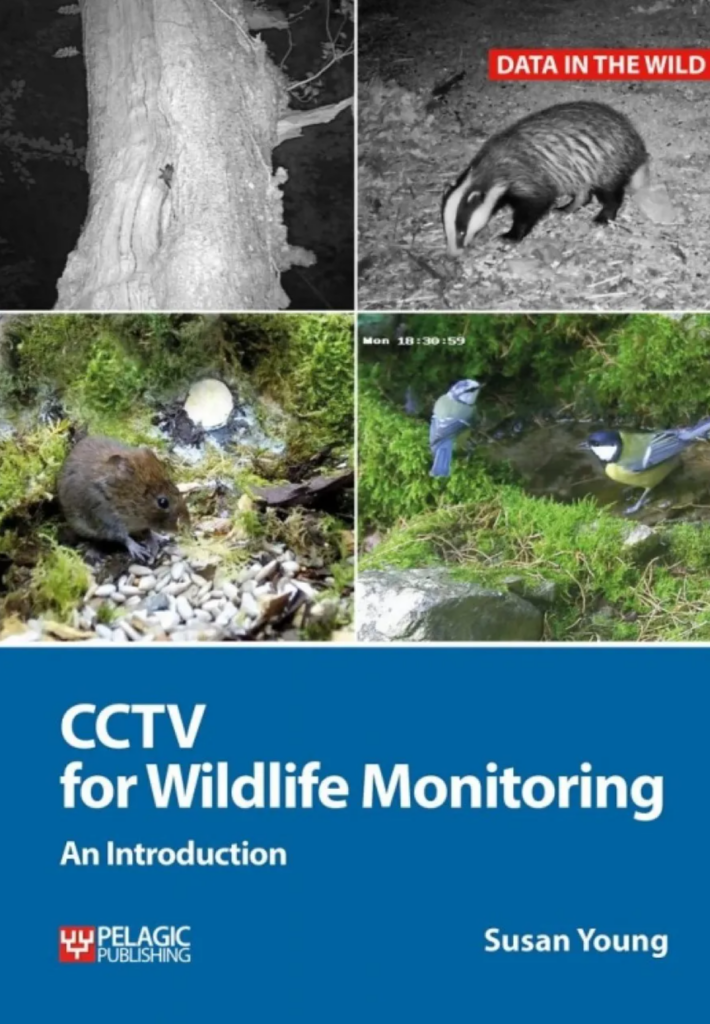Alongside House Martins and Swallows, Swifts are losing suitable nesting habitat at an alarming rate. Through changes to roof design and structure, nesting sites are becoming increasingly rare. This has contributed to the widespread decline of this species which has seen them added to the UK Red list.
Swifts return to Britain and Ireland from April, following a lengthy flight from Africa. Before leaving in August, Swifts must mate, lay and incubate their eggs. Nest boxes provide Swift colonies with the perfect site to raise their young – boxes should ideally have a large internal cavity with an elongated entrance hole, either at the bottom or downward facing. Swift nest boxes should be placed under the eaves of a building, on walls at least five metres in height. Since these birds nest in colonies, multiple nest boxes or boxes on neighboring houses are ideal for attracting more Swifts.
Here, we look at a selection of nest boxes suitable for Swifts, highlighting the benefits of each design.
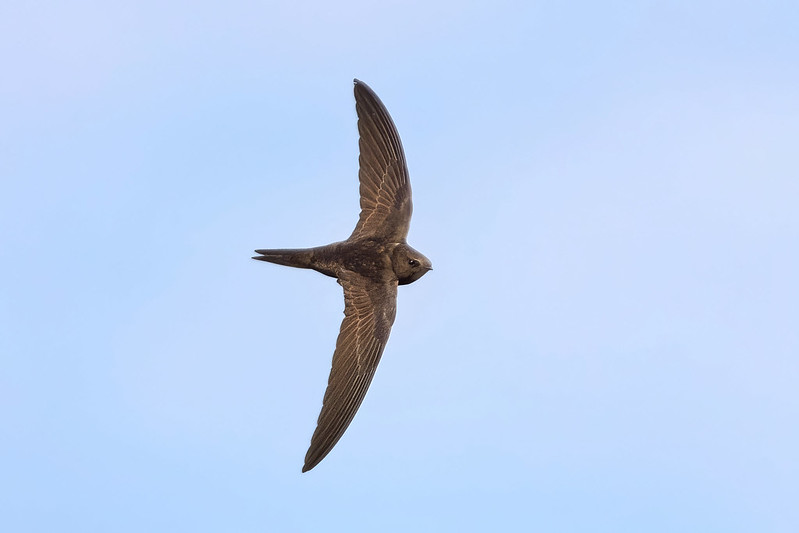
Key materials
Wooden nest boxes are preferred by many. This lightweight material is breathable and provides excellent insulation for nesting birds, helping to protect them from temperature extremes between seasons. Typically used for external boxes, harder wood types provide a fair level of robustness and longevity when at least 15mm thick and help to prevent predator access to the nest. The main drawback of wooden nests is the maintenance they require – they should be monitored to ensure the wood remains in good condition, and care taken in choosing wood treatments as many can be harmful to nesting birds.
WoodStone and Woodcrete are almost identical in composition, but Woodcrete is a patented material by Durisol. The material is made from a blend of wood and concrete to produce long-lasting, very durable boxes which can last for decades. It has good insulative properties and creates a thermally stable environment inside the box to shelter inhabitants from extreme temperatures. This material is offered for both built-in and mounted nest boxes but is more often used for built-in boxes due to its weight, which is heavier than wood or eco-plastic. WoodStone is typically more expensive than other materials and requires thoughtful design to improve ventilation to prevent the buildup of moisture in the nest.
Certain components of a bird box may be made with eco-, or regular, plastic. A low-cost option, plastic is more lightweight than Woodcrete, and provides more longevity than wood. This weather resistant material is easy to maintain and is often sourced from recycled plastics. Nest boxes featuring eco-plastic require careful design to mitigate issues with insulation and ventilation. This material is, however, less durable and provides little resistance to predators or extreme temperatures.
Our Suggestions:
Built in Swift Nest Boxes
Woodcrete/woodstone Swift Nest Boxes
PRO UK Rendered Build-in Swift Box
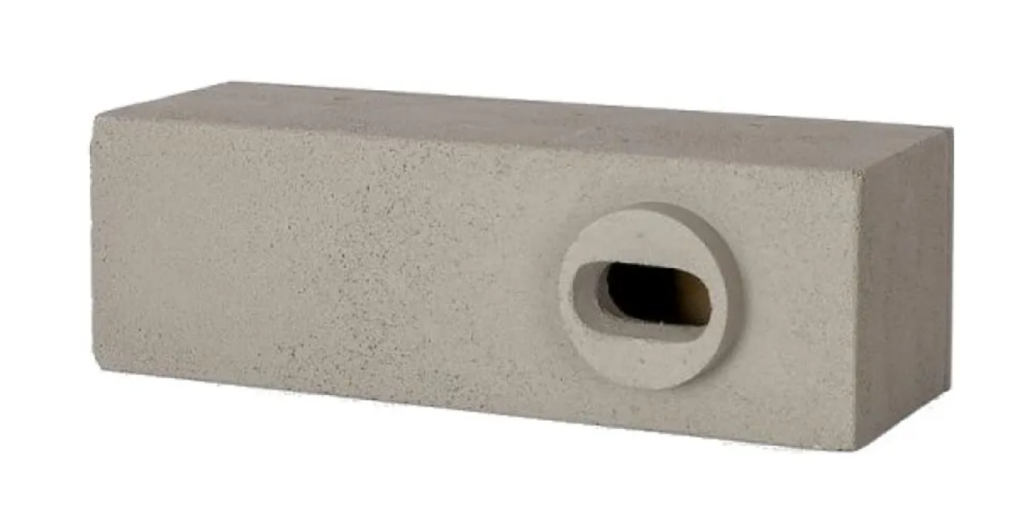
This built-in box provides Swifts with a thermally stable, secure nesting space. Woodstone is a durable, long-lasting material that is perfect for new builds. Because it is constructed to standard brick dimensions, this nest box can be rendered over to better blend into constructed walls.
Pino Build-in Swift Box
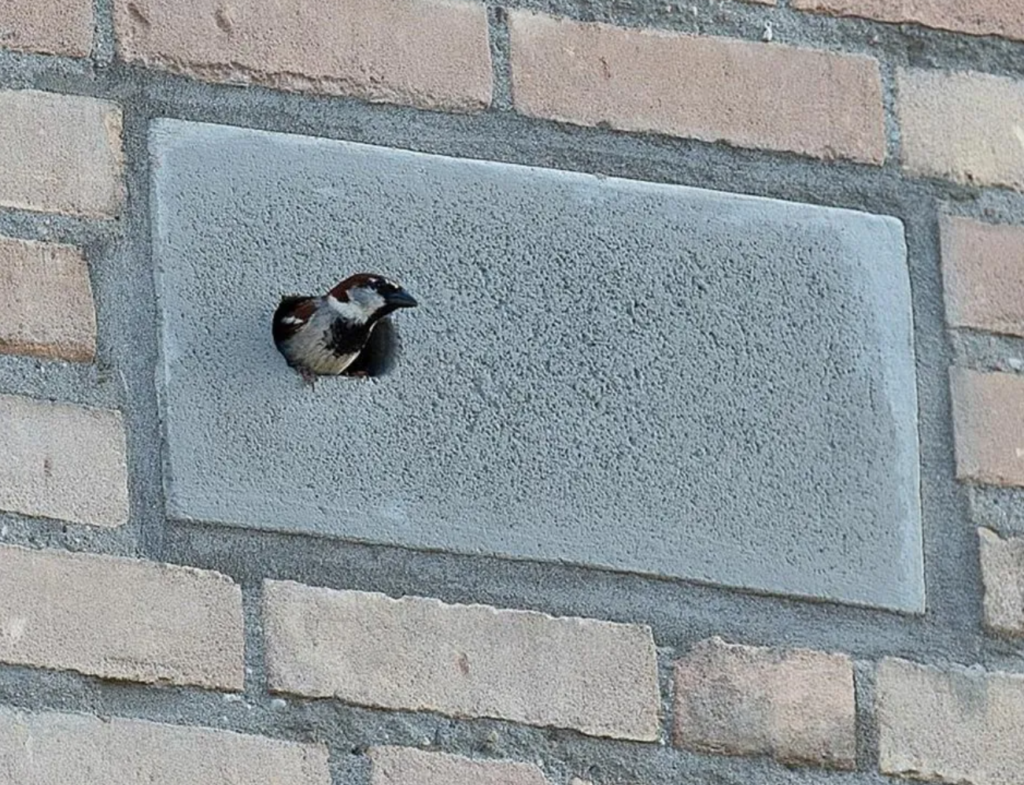
This box provides nesting birds with ample nesting space in a single internal cavity. Woodstone material improves the thermal stability and longevity of the box, while maintaining breathability. This build-in box is also suitable for sparrows, Starlings and other small urban birds.
Wooden Swift Nest Boxes
Soffit and Fascia Swift Box
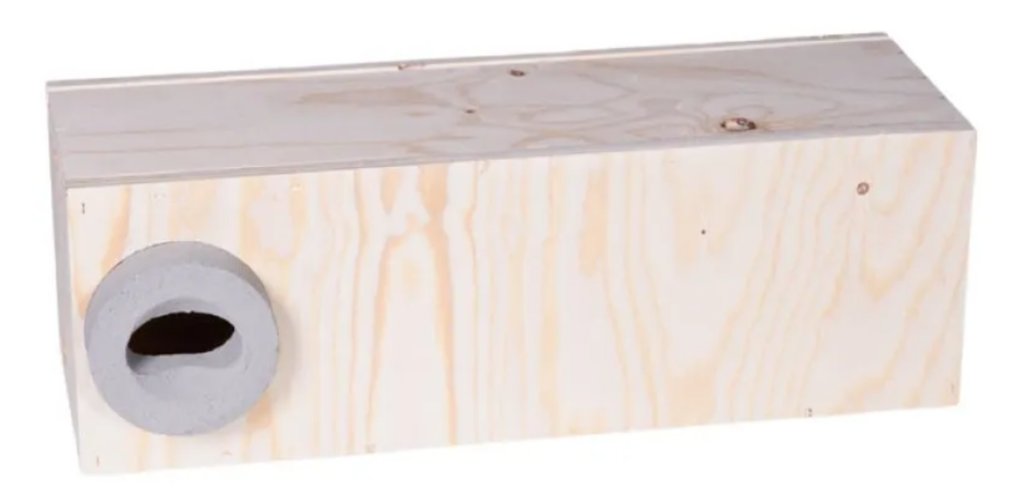
This built-in box from Unitura is designed to be mounted in eaves and soffits and features a sloped nesting board to allow for mounting at multiple angles. The box has one wood-concrete entrance for extra durability, and a durable plywood box for longevity. This nest box has two nesting bowls to encourage colony nesting.
Concrete/Brick Swift Nest Boxes
Ibstock Eco-habitat for Swifts
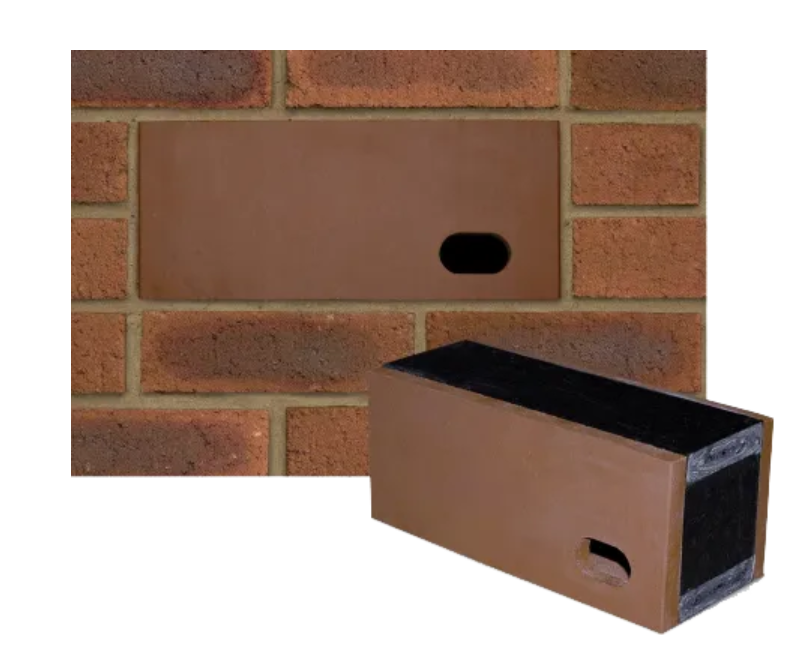
Designed to be incorporated into new builds or renovated properties, this Swift brick comes in three colours to ensure discreet placement. Constructed from brick, this box will be durable and will last for many years.
Swift Box – Smooth Brick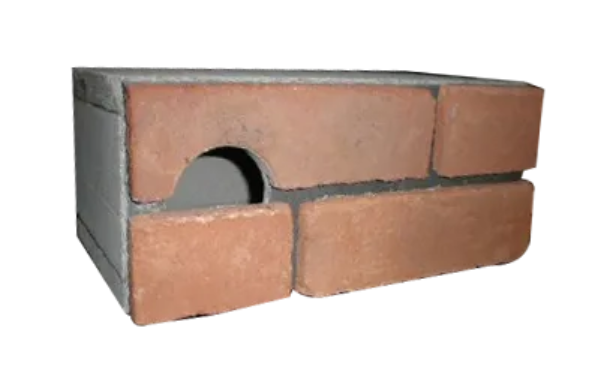
Made with insulating concrete, this nesting box provides a long-lasting, discrete, internal nesting space for Swifts. It can last for decades in the right environment. This box can also be bought unfaced, allowing it to be rendered to match the building’s aesthetics.
External
Woodcrete/woodstone Swift Nest Boxes
Vivara Pro Woodstone Swift Nest Box
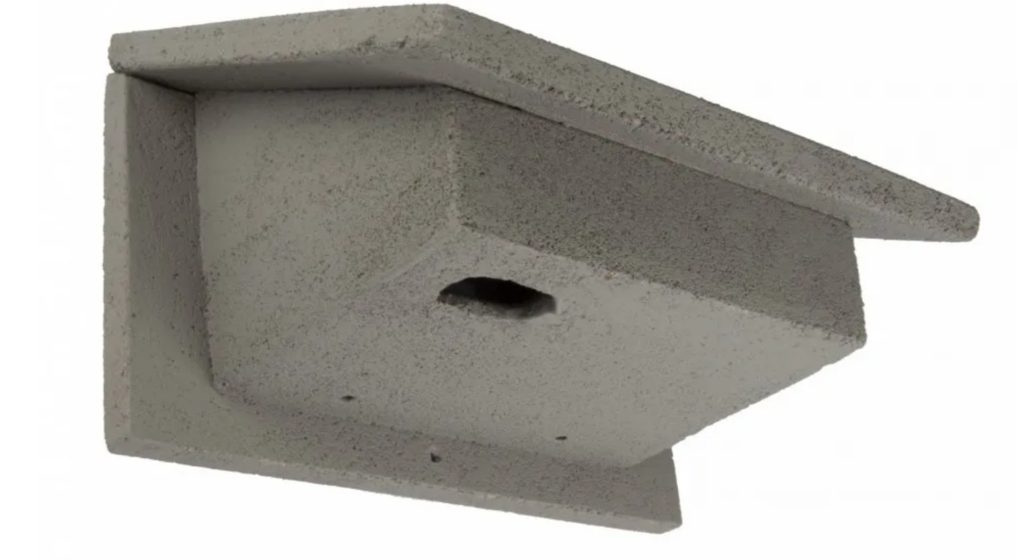
This robust nest box is constructed entirely of woodstone, ensuring a long-lasting, enduring design and thermal stability throughout the year. A rear entrance provides easy access for cleaning, and a downward facing entrance hole discourages other small garden birds from occupying the nesting space.
Unitura External Swift Box
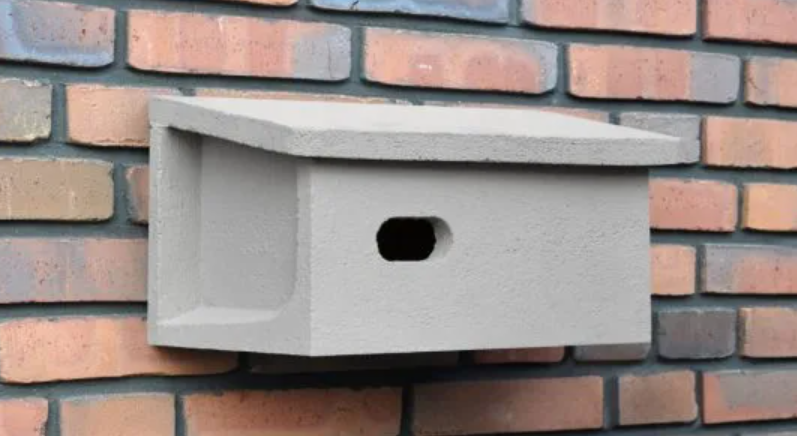
This nest box has a single cavity for nesting Swifts and an elongated entrance hole. The wood–concrete material ensures a climactically stable, long-lasting environment for generations of Swifts and a sloped roof ensures adequate drainage.
Wooden Swift Nest Boxes
FSC Wooden Swift Box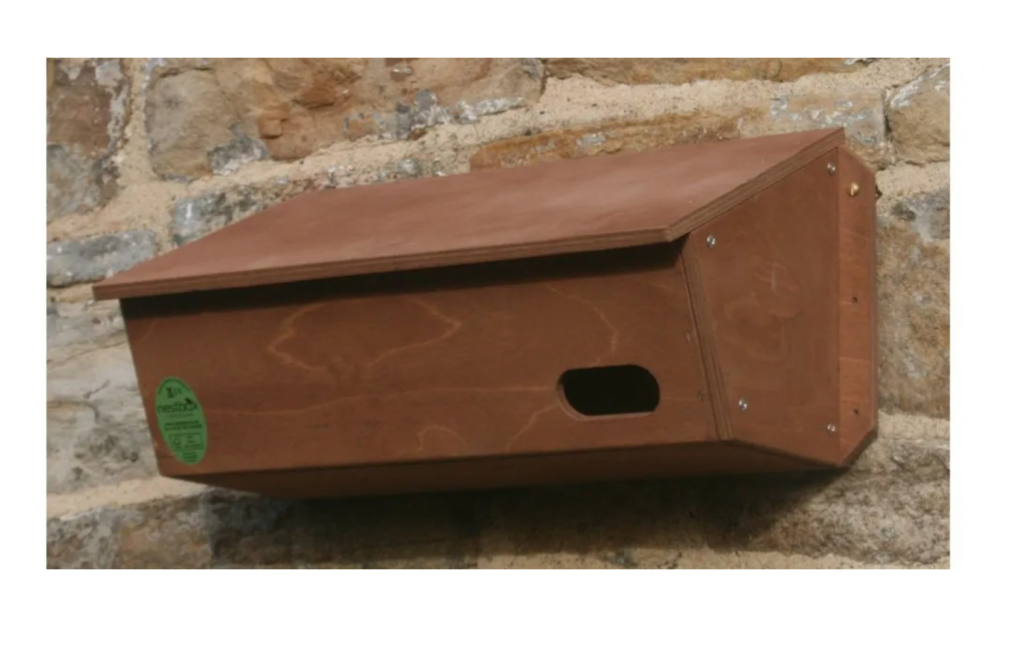
This robust nest box provides a single compartment for nesting Swifts, with excellent insulation for stability in extreme temperatures. An oval entrance hole and sloping roofs help to exclude Starlings and encourage Swift settlement. Designed to be placed under eaves, the mounting plates and openings are on the sides to allow close-fitting insulation.
Under-eaves Swift Box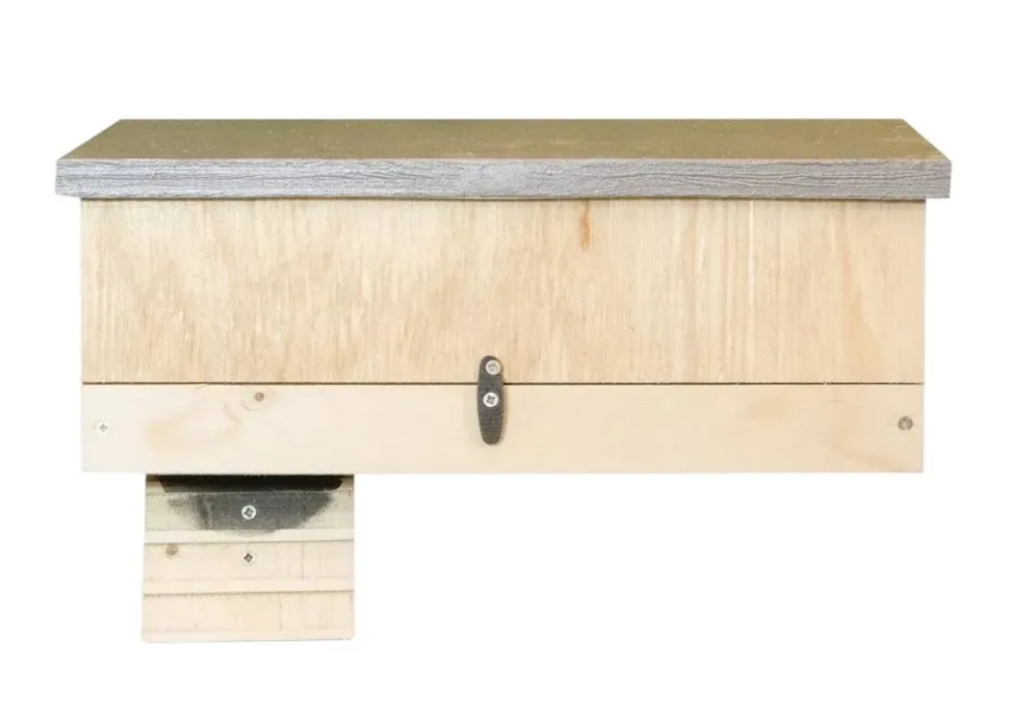
Available with left and right-hand side entrances, this box provides nesting Swifts with an underside entrance and landing ramp for easy access. The wood construction is naturally fungal and insect repellent and provides nesting birds with a well-insulated, stable environment.
Kiki Bat and Swift Hybrid Box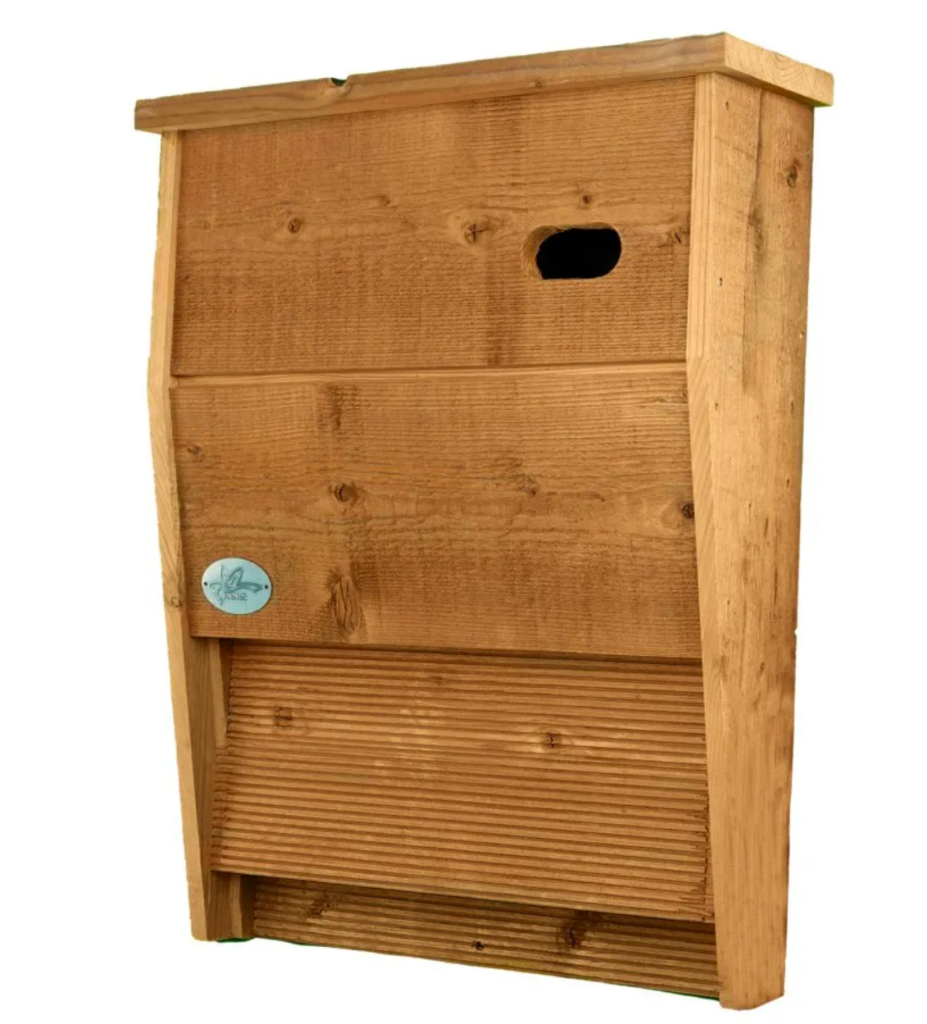
A hybrid box designed to house both Swifts and bats, the Kiki nesting box provides a thermally-resistant environment suitable for both groups. The compartment that is allocated for Swift nesting has a forward-facing entrance. The durable, long-lasting design can have a lifespan up to 25 years.
Alternative Swift Nest Boxes
Habi-Sabi Double Swift Box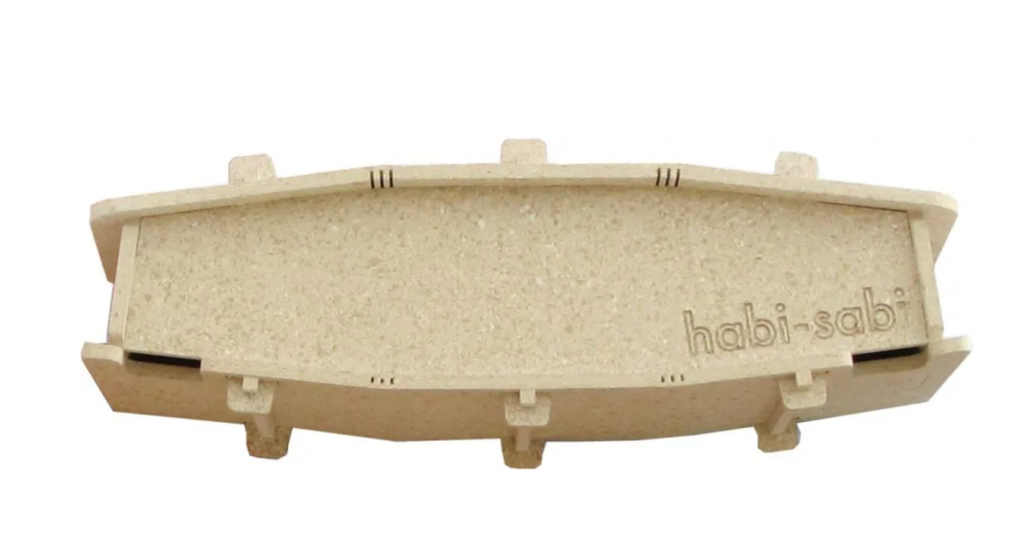
Constructed with an upcycled material made from recycled waste insulation, this double-chambered swift box is 100% resistant to moisture and has a long lifespan of up to 25 years. It is lightweight and simple to construct, making it a worthy addition to an existing structure. The excellent thermal properties, and downward-facing entrance, make this an attractive nesting choice for visiting Swifts.
Manthorpe Swift Brick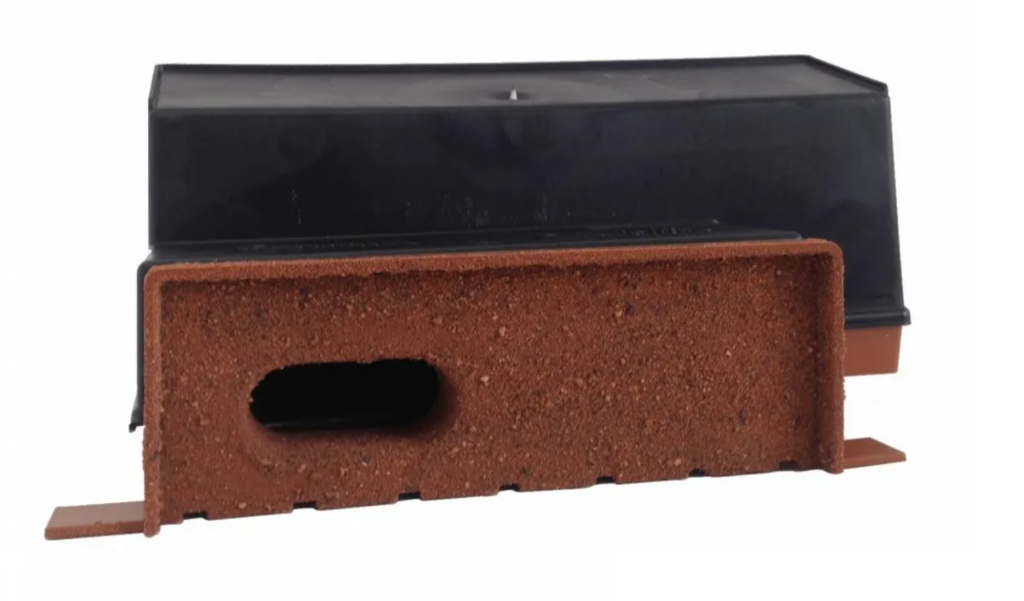
An unobtrusive nest box, the Manthorpe Swift Brick provides nesting birds with a long-lasting, secure nesting site. This nest box is designed to sit inside the insulation cavity of a building, helping to create a thermally stable environment. This brick is available in six colours to blend into existing brickwork.
Accessories for Swift Nest Boxes
Schwegler Swift Nest Mould 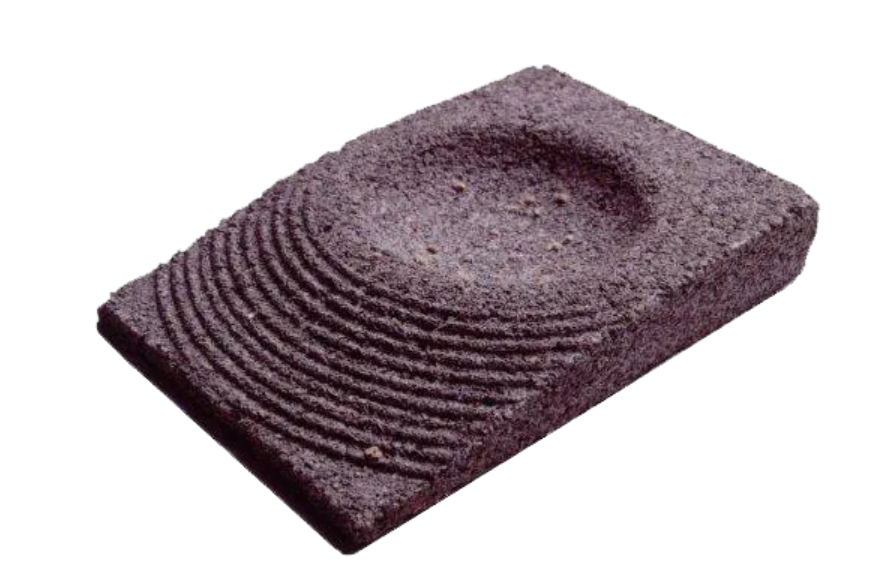
Designed to be incorporated into Swift nest boxes or existing cavities, this nest mould provides an appealing base to encourage Swift nesting.
Schwegler Droppings Board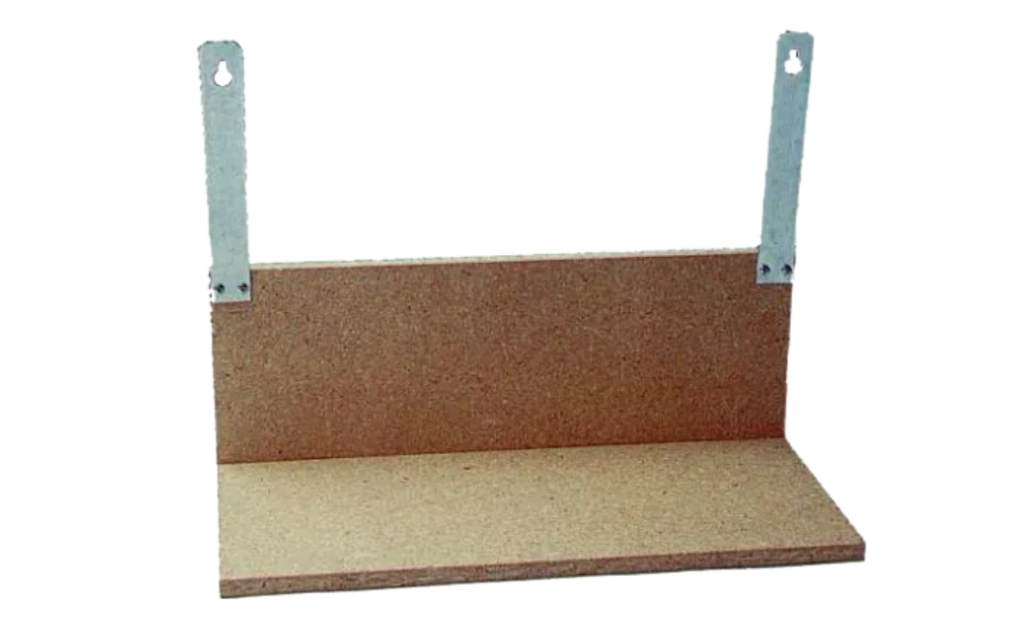
This droppings board prevents the accumulation of droppings from Swift nest boxes around windows and doors. It can be easily assembled and installed using screws and is suitable for use beneath any nest box.
For more information on bird boxes and how to choose them, find our Buyers Guides here.
